Who would have told me that, after bidding farewell to Australia five years ago, I would be writing this post while working in the mines in Australia? Back then, at Cairn’s airport, as I was getting ready to travel to the first country of my 3-month solo trip in Southeast Asia, I thought that was it. I thought I would never go back to Australia. After a year back home planning what to do next, I ended up going to Japan on a Working Holiday Visa. That was 2020 and, as you might know, COVID-19 happened. Thanks to that, I managed to stay almost two and a half years in the Land of The Rising Sun. With a white belt but level 7 in Karate and with a good understanding of the Language of the Emperor, I embarked myself in my second 3-month solo trip in Southeast Asia.
I’ve been trying to find some time to write about those two wonderful experiences but, due to having spent most of the last year travelling and working, it hasn’t happened. ごめん!In an unexpected twist of fate, instead of going to Canada after Japan, I ended up coming back to Australia for my Second Working Holiday Visa. That was back on December the 16th, 2022. As of now, I’ve spent more than 5 months doing a variety of FIFO jobs while living in Perth. So, I had a plan but it changed. When that happens, sometimes we tend to punish ourselves, complain and cry over spilt milk. But the truth is that we can’t know whether anything that happens will be good or bad. Why? Because we can’t predict the future (yet, lol). Thus, as the Chinese Farmer would say: “maybe” 😉
Australia after COVID-19
So, on December the 16th, 2022, I came back to Australia after more than 5 years. This time though, instead of starting my Aussie journey in Sydney, I did it in Perth. Why did I choose Perth? The fact that my sister had arrived in the capital of Western Australia a couple of months earlier than me was key. But that wasn’t all. 5 years ago, during my Australian road trip, I had the chance to travel from South Australia all the way to Cairns. I hadn’t visited Western Australia or the Northern Territory yet, so I figured I could give Perth a try and, if things went right, at some point, I could go on another Australian road trip. This time, I would drive all the way from Perth to Cairns through the Northern Territory and, like that, I would have almost completed a lap around Australia😁✌️.

Like pretty much every single country in the world, Australia was also affected by COVID-19. Since I came back to Down Under, I’ve met two types of backpackers. Those who arrived in Australia right before COVID started and were able to stay in the country, and those who had to wait until the end of COVID to come to Australia. I’ve been told by those who belong to the first group that living in Australia during COVID was a pretty good deal: they had pretty much zero competition to find a job, accommodation prices were pretty cheap and wages were still quite good. Those who belong to the second group, myself included, have been kind of shocked with the accommodation problem in Australia.
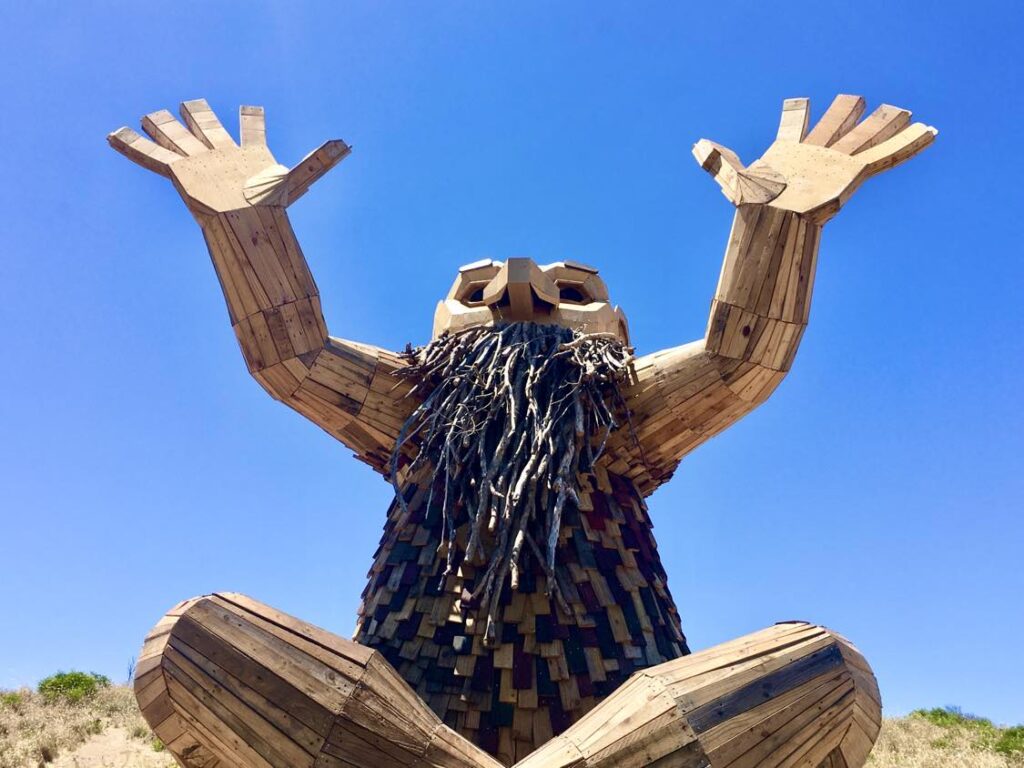
Struggling to find a place to live in Perth
I guess that arriving in Australia right before Christmas wasn’t the smartest idea. I thought there would be a lot of jobs opportunities and I was right in a way. There were quite a few businesses looking for staff. Perth and Fremantle were pretty busy. 2022 was coming to an end and a lot of people were on holidays. At the same time though, there were also some businesses that decided to close for a few weeks or even a month to enjoy their vacations. New backpackers had arrived. Those who arrived in Australia before COVID and had to go back home, had come back to Australia. During COVID, a lot of accommodation businesses were forced to shut down. Do you see where I am going? Australia’s accommodation business couldn’t keep up with the the amount of backpackers in the country! And we all really felt it.
In a few months period, 6-person bedrooms went from 180 AUD to 250, 280 or 300 AUD a week. The value for money was terrible. Wi-Fi was a rear gem. It was either very bad or couldn’t be used in the room but in the living room. After paying 300 AUD a week! The quality of the room and the bed was also far from good. Specially the bunkbeds and its firmness. Just a mosquito passing by would create a little earthquake lol. With all this said, what do you think that happen with the accommodation business in Australia? Do you think people (myself included) complained and went back home? No, we all stayed and gave them our money. We had to book weeks in advance for a long period of time to avoid having to sleep in a park. It was the survival of the fittest (or the dumbest)😅.
FIFO jobs while living in Perth
I first heard about working in the mines in Australia when I was doing farm work in Australia. Funny, isn’t? I remember imagining back then that the jobs requirements would be a pick, a helmet, a torch and a sense of disregard towards life. It seemed that the money was really good, but I rather kept on travelling on a low budget than dying buried alive. That was my vision of working in the mines in Australia, and it was pretty far from the FIFO jobs that I ended up doing while living in Perth 😆. As I mentioned above, the accommodation situation in Perth and pretty much all over Australia was really difficult. I tried to overcome it by sending emails to almost all the hostels in Perth and Fremantle asking to do work for accommodation.
I did that a month before arriving in Australia but I didn’t succeed. Once I Perth, I showed up at a lot of hostels and kept on sending emails until, the day before Christmas, my prayer was answered. I ended up cleaning the kitchen two nights a day and doing laundry once a day for a total of 10 hours a week. The place I stayed at was called “Billabong Backpackers” and, again, taking into account the accommodation situation in Perth, it wasn’t too bad. Yet, when I got offered my first swing to go work in the mines somewhere in the northwest of Australia, I hesitated until the very last second. Why? Because I had heard stories of people having to finish their swings earlier than expected and arriving in Perth without a place to sleep.
Types of FIFO jobs in the mining industry in Australia and their prerequisites
Utility, trade assistant, scaffolder, mechanic, engineer, truck driver, bus driver, electrician, plumber, etc. Utility was the one with the least prerequisites but with the lowest wage. You can get the same hourly rate by working as a waiter in Perth. Then, why was everybody fighting to get a FIFO mining job? Because the conditions to save money were the best. On the one hand, there were jobs where, to enter, you needed to pass some expensive exams (tickets). The hourly rate was really good (between 40 and 50 AUD before taxes) and, even if there was not much competition, it wasn’t easy to get your first swing. On the other hand, there were jobs like utility where pretty much no tickets were needed. The hourly rate was around 28 AUD, there was way more competition but it was easy to get your first swing.
My sole purpose for getting into the mines was to save as much money as quickly as possible to go on a big trip. Thus, I decided to bet on the utility FIFO job. I met some people who, to get that job, needed the white card or the Australian driving license. I got mine without anything other than my police clearance. If you want to get a job as a trade assistant or as a scaffolder (I speak about these because some of my friends did those jobs), you need to pass some paid tickets. Depending on the level, you might end up paying 3000 or 4000 AUD. It seems like a lot, but, after your first swing you’ll pay that money and have some spare to save. It is a very personal decision and I chose mine because I knew my time in Australia was short.
How to get a FIFO mining job while living in Perth?
The first million-dollar question. Working in the mines in Australia seemed to be everybody’s goal. As soon as I arrived in Perth, I met people who were either doing FIFO already or who were looking for a way into the FIFO mining world. They told me the names of the main mining companies and recruiting agencies and I also did my own research. Once I felt like I’ve gathered enough names, I did this:
1) I went to their websites and either applied directly for the FIFO utility job or sent them an email with my resume stating my intention to work in the mines.
2) I did my best to send just one single email to all the mining companies or recruiting agencies based in Perth. Ever used BCC when sending an email? It’s very useful. Give it a try!
3) I did as in 1) but instead of applying directly through the company’s website or by email, I did it through a job search engine like Seek or Indeed. It is very easy. Just type in something like “FIFO utility Perth” and it will show you the current vacancies.
In a couple of days I had applied to pretty much all the FIFO utility mining jobs within Western Australia. I happened to apply during Christmas so, I received the first replies in the middle of January. Being based in Perth is pretty convenient because most of the jobs will require you to do your medical assessment and your induction in Perth. When flying, you’ll also be flying from Perth’s airport. So, if you want to start working in the mines in Australia, since most of the mines are in Western Australia, it makes a lot of sense that you apply for FIFO jobs while living in Perth 😎.
What are the main FIFO mining recruiting agencies and what’s the onboarding process like?
Sodexo, Hays, Compass Group, Collar Group, Civeo, Evolve Talent, Tecside, Techforce Personnel, Remote Personnel, etc. The ones I’ve heard the most are: Sodexo, Hays, Compass Group and Collar Group. I got a reply from the first three, but the one from Compass came when I was already working lol. Sodexo and Hays contacted me at the same time and, in the end, after leaving it to fate, I started working for Sodexo. By the way, in case you don’t know it, Sodexo is the second largest multinacional in the hospitality sector in Europe. And who is the first one? Compass Group 😅.
Sodexo and Hays scheduled my medical assessment the same week. They both were to schedule my inductions at a similar time but, for some unknown reason, the one from Hays never happened. So, what was my onboarding process with Sodexo like?
1) They sent me an email with the date, the time and the venue for my medical assessment. During the same, I got to do some physical exercises and they got to check my health. I wouldn’t say it is difficult to pass it but, it is true that, once in the mines, I saw people who… let’s say they were not the prototype of someone who could pass a medical assessment 🤣.
2) I received the positive results a couple of days afterwards and then I was scheduled to attend a two-day induction. During the induction they gave us a taste of what it would be like to work as a FIFO utility in the mines. They also spoke about health and safety and gave us our uniforms and boots for free.
3) A couple of weeks later, after having completed some extra online inductions, I was flying in… to hell 🔥.
How much money can you make working in the mines in Australia as a FIFO utility?
The second million-dollar question. I’ll tell you what I made while working for Sodexo as a casual FIFO utility. If you work full-time, you’ll make less in the short term but around the same yearly.
1) From Monday to Friday: $28.69.
2) Saturday: $34.43.
3) Sunday: $40.16.
4) Public Holiday: $57.38.
5) Nightshift (Monday to Friday) additional allowance: 7pm to Midnight->$2.27. Midnight to 7 am->$3.41.
The above was the hourly rate before taxes. In a normal swing you will be working 11 hours a day and, as of now, Working Holiday makers are taxed 15% before the first 45000 AUD. After that, taxes increase to 32.5%. Some of my friends who were working for Hays or Compass Group would make more hourly but it was a flat rate, meaning, the money was the same from Monday to Sunday. At the end of a normal two-week swing, both, my friends (working for a company other than Sodexo) and I (working for Sodexo), would make around $4100 after taxes.
It goes without saying that if you happen to work during a public holiday day (or during three, as I did 🥳) and/or if you do nightshift, at the end of your swing you’ll be making more than what I just mentioned above. Again, this is what I made as a FIFO utility working for Sodexo in the mines in Australia. If you work as a TA or as a scaffolder (as some of my friends did), you’ll be making between $50 or $60 per hour on a regular business day.
FIFO mining terminology and an overview of your first swing
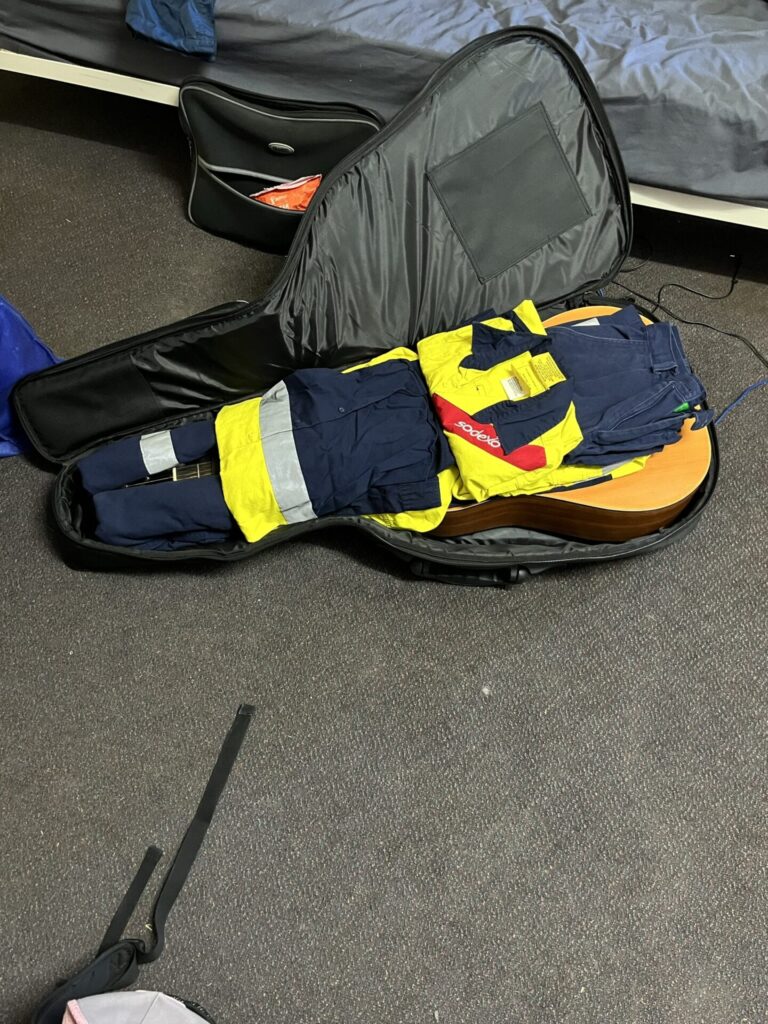
FIFO, swing, R&R. It seems that before getting down to business, you would need to learn a new alphabet. But fear not! It is not that complicated 😄. So, first things first:
1) What does FIFO stand for? First-in First-Out? No! I studied that one back in college in one of the computer science classes while learning the secrets of piles, queues and buffers. In the mining world, FIFO stands for “Fly-in Fly-out”. So, when the day finally comes for you to go to the mine, you’ll fly in. When the even more expected day to go back to Perth arrives, you’ll be flying out from the mine.
2) What about swing? Are you dancing while making holes under the ground? Some bewitched people are but, for normal people, it basically defines the period from when you fly in until you fly out. So, a normal swing lasts 2 weeks.
3) R&R? Does it have anything to do with the tools you’ll be using there? Not at all! It is the opposite. R&R stands for “rest and relaxation” and it is the period of time you spend back in Perth after finishing your swing in the mine. In a normal two-week swing, you will be having a one-week R&R before you fly back in to the mine. That’s why the majority of the FIFO utility jobs in Western Australia take place while living in Perth (or its surroundings) 😉.
Thus, in a normal swing where everything goes smooth, you’ll receive an email or a call from your agency or from the mine with enough time in advance, you’ll be scheduled with a flight time and place, you’ll fly in to the mine, you’ll work for a two-week swing and you’ll fly out back to Perth for your one-week R&R.
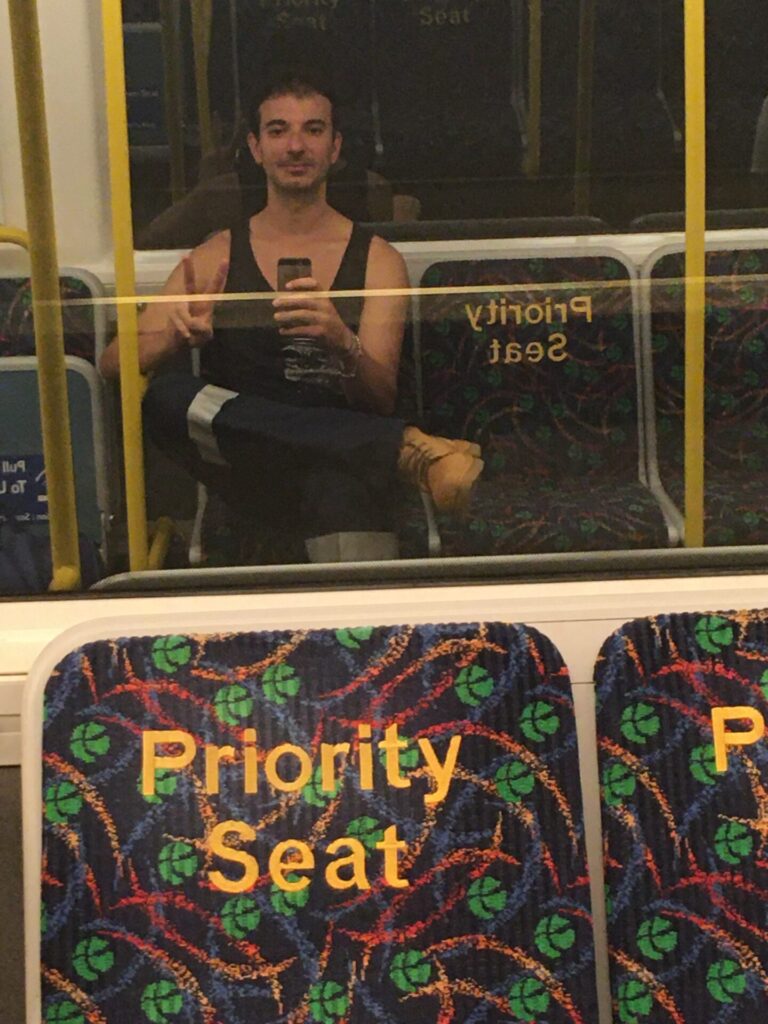
Working in the mines in Australia
The above paragraphs should provide you with everything you need to get started working in the mines in Australia. You now know:
1) What are some of the most common FIFO mining jobs in Australia and its prerequisites.
2) How to apply for these jobs.
3) The main FIFO mining recruitment agencies in Perth.
4) What the onboarding process is like.
5) How much money you can make as a casual FIFO utility working for Sodexo.
5) FIFO mining terminology.
6) What to expect on a smooth two-week swing.
I’ve started to work for Sodexo as a casual FIFO utility in the beginning of February. I finished working in the mines in Australia in the middle of July. Most of my swings were of two weeks, but some others were of 7, 10 or 11 days. Some of my R&R were of one week, but some others of 10 days or two weeks. One of my best R&R was spent travelling for 10 days in Taiwan with Piero and Antonio. I met Piero during my first swing in Eramurra and Antonio during my third one (second in Eramurra). I’ll share with you my experiences in different mines working as a casual FIFO utility while living in Perth. I believe they can give you a better insight on what life in the mines is and what a FIFO utility job looks like.
Eramurra
Eramurra is the name of the village (or camp site) where workers live during their swings while working at the Sino Iron mine (thus, it extracts iron ore). This mine belongs to the Citic Pacific Mining group (Chinese company). Eramurra was my first swing and the largest of the villages where I stayed during my experience working in the mines in Australia. The facility has 1750 rooms, three gyms, a swimming pool, a bar, a retail store, multi-purpose sport courts, a recreation room and a dining room. Sounds like you are going on holidays to Paradise? The facilities are pretty good, but, remember, as the Little Prince would say: “It is only with the heart that one can see rightly; what is essential is invisible to the eye”.
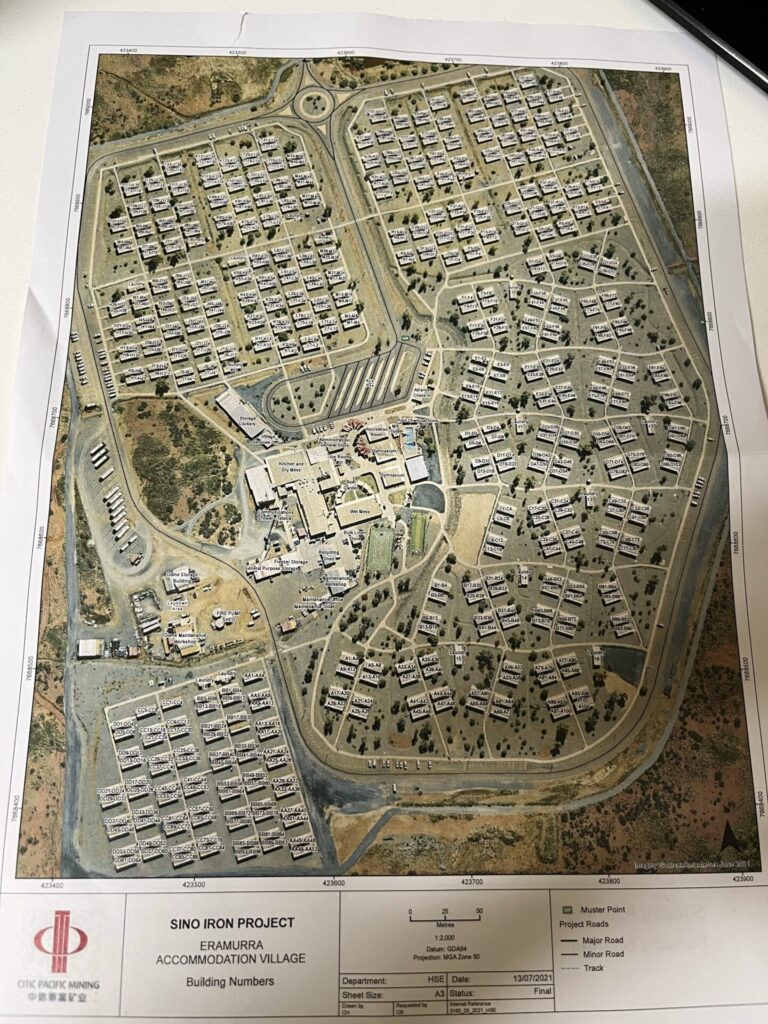
The bedroom, specially after calling a hostel your home, was good. It was spacious enough and had a bed, a chair, a desk, a wardrobe, a shower and a toilet. The same went for the rest of the facilities. I’m not picky for food and my first impression was that the food (buffet style) was really good. Little by little my opinion matched most of the people’s: food in the mines wasn’t the best. You could do your laundry for free and that’s another good point (especially after paying $6 for wash and dry at the hostel). 貴様! What was the worst? The heat, the humidity and the flies. I’ve travelled quite a lot (40 countries and counting, vamos!) but, up till that moment, I had never met those kind of flies before. They are very tiny and their favourite hobby is to get into your eyes, ears and mouth.
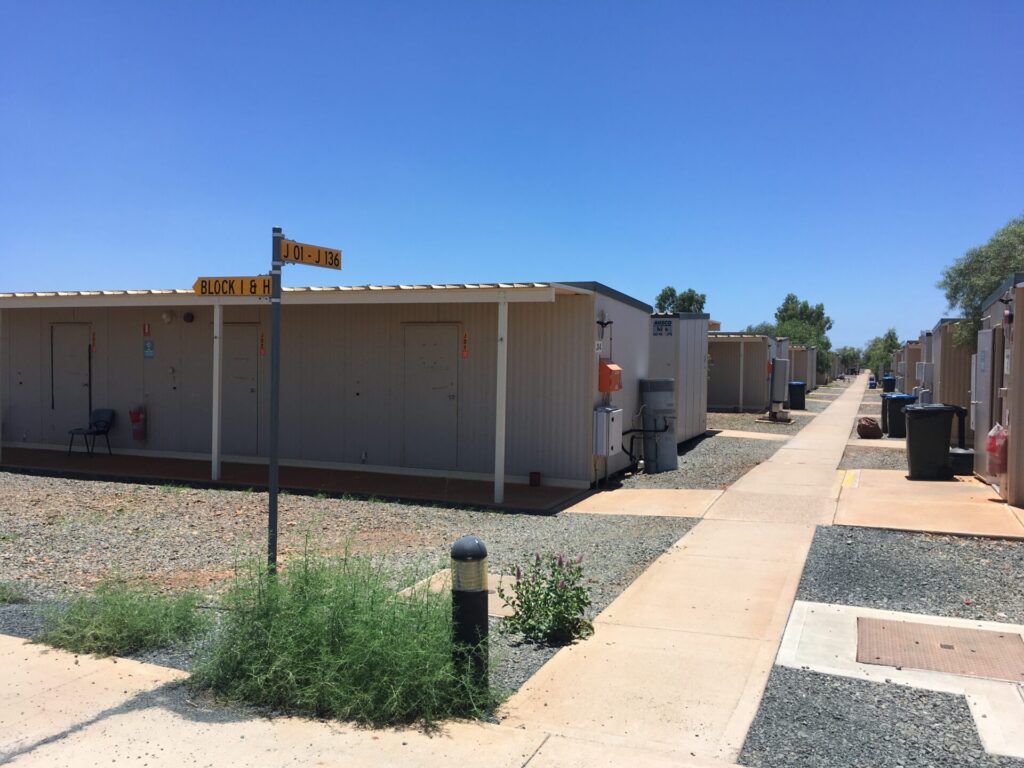
First glimpses of the village and getting ready for my first day of work
I flew in the afternoon before my first day of work. The flight took around 2 hours. The GPS showed I was somewhere in the north of Western Australia, but I felt like if I was in God’s forsaken land. I went to reception, got my keys and a map of the village and was told to show up in a nearby building at 05:20. Wait, what? Wasn’t I going to a mine site? Why does the schedule look like a 10-day Vipassana retreat? As the story develops, you’ll realize the schedule wasn’t the only similarity between working in the mines in Australia and a 10-day Vipassana retreat 😅.
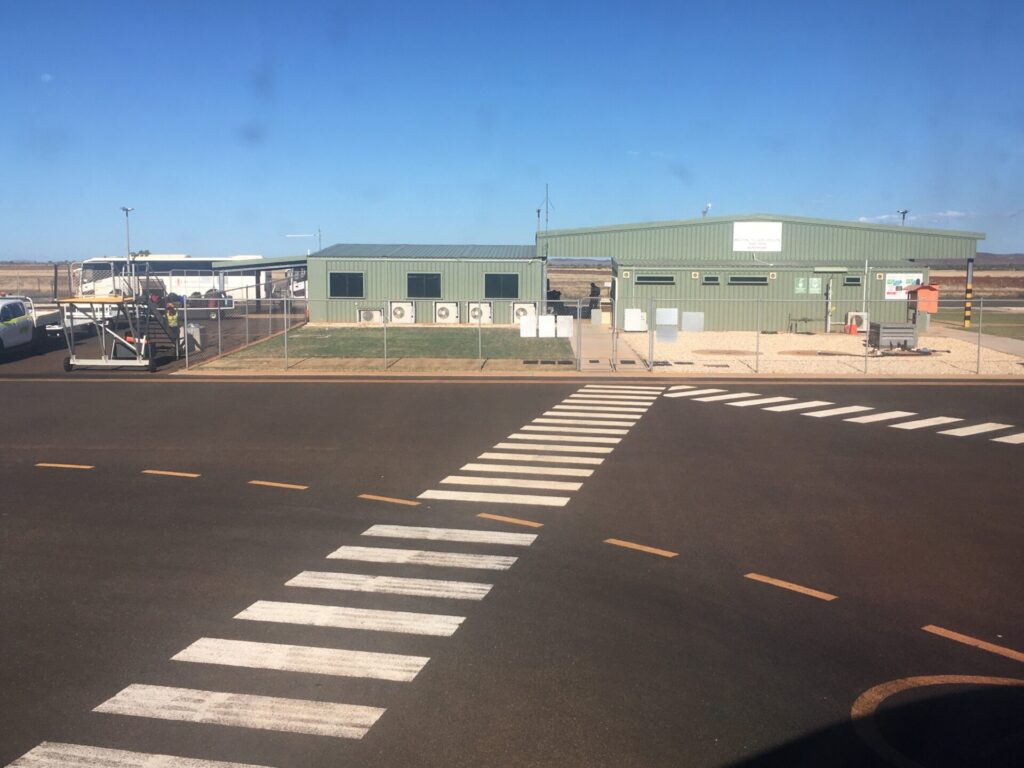
After finding my room and taking a shower, I went to the dining room to get my lunch for the next day. In all the mines I’ve worked, you can eat breakfast and dinner in the dining room, but you need to pack your lunch from the dining room so you can eat it in your room or in a canteen (aka crib). I had an early dinner, went to bed early and, as expected, didn’t sleep much.
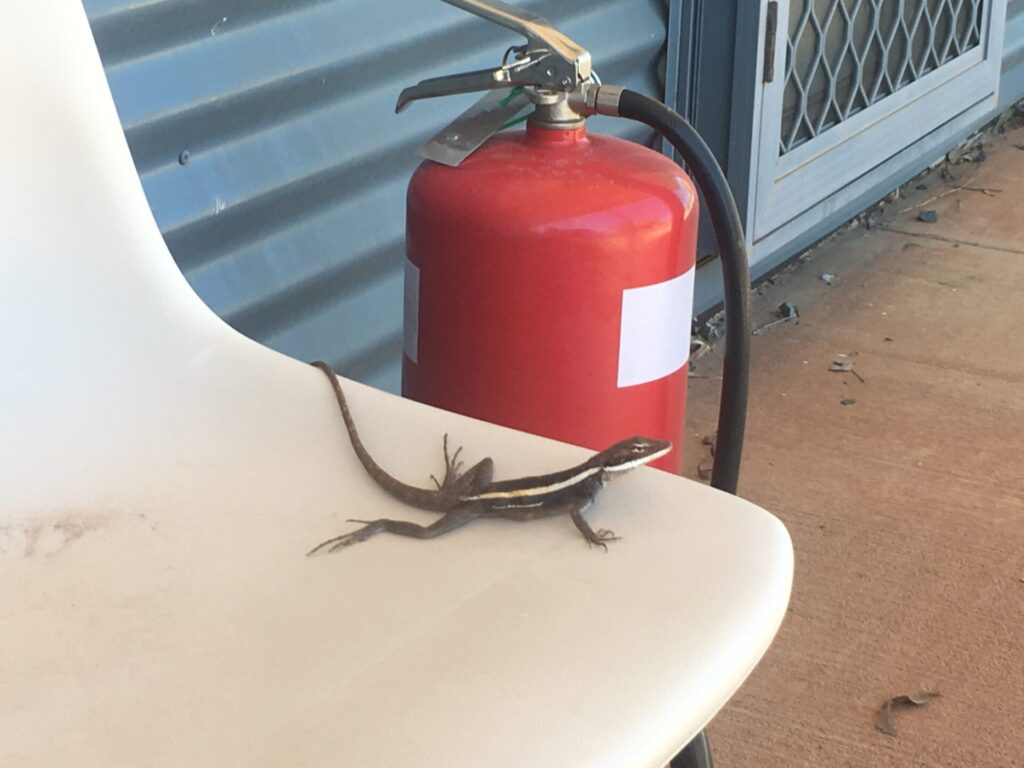
First swing in Eramurra: housekeeping in Hell
I met one of the housekeeping supervisors and my teammates. I was shown around and put in pairs with a lady who had been working as a housekeeper for a long time. My job was to clean bedrooms. The same type as the one I was sleeping in but, most of the times, a million times dirtier. Our trolley was electric, but there were also non-electric ones that you needed to push. Loaded with towels, bed linen and cleaning products, they could be quite heavy. We had to put all the dirty linen in bags, make the bed with clean linen, clean the bedroom, the toilet, the bathroom and the fridge. The AC inside the room was on 24/7 but, regardless, I found myself dripping in sweat. I was sweating so much that taking my shirt off during my lunch break was a real challenge.

I spent 10 days doing that job and, after the first few days, I was left to fly alone. 10 days, 11 hours a day, alone. Are you starting to see the first glimpses of Nirvana? Because I was new, they didn’t give me many rooms (<=20), but some people had between 25 and 30. The person who trained me show me how to properly clean a room. It would take me around 30 minutes to do it. Then I learn that most of the people wouldn’t do it that way. They would do it “faster” so they could get all those rooms done. I was a bit naïve and, for a moment, I felt like if I was back at a piecework apple farm. I was rushing so that after 11 hours I could finish all the rooms I was given. The humidity (80%), the heat (35-45 degrees), the flies, the (useless) keys which I needed to open the rooms not working, not having enough clean linen and some other stuff made me reconsider my choice of working in the mines in Australia.
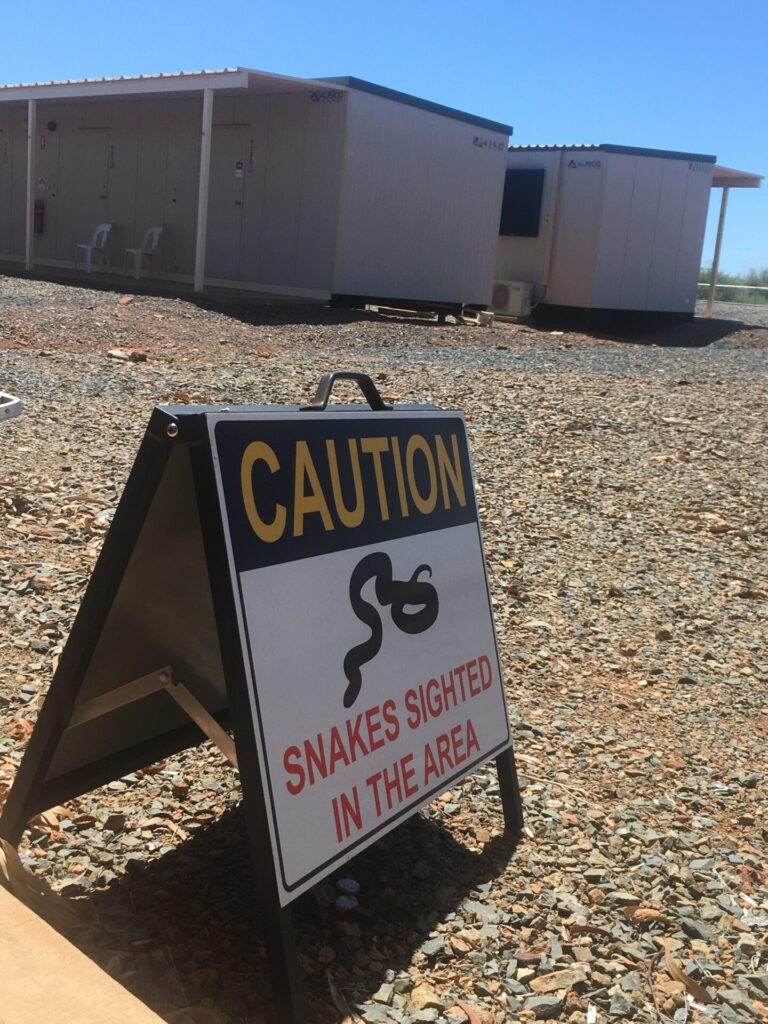
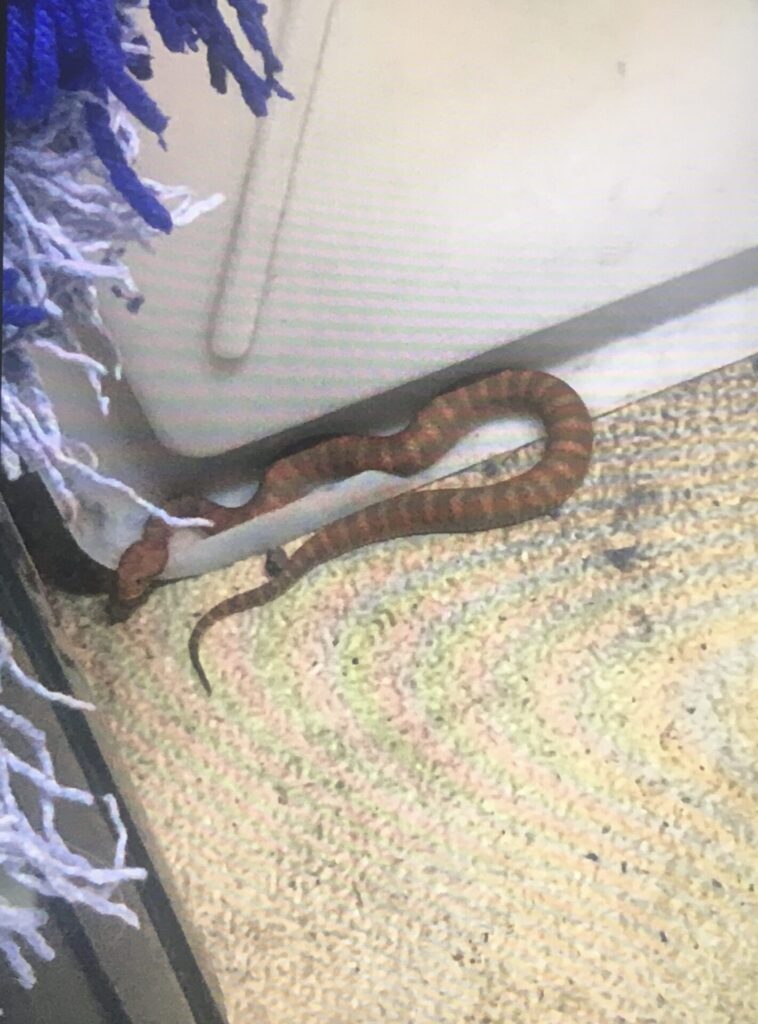
Summary of my 10-day swing as a FIFO utility housekeeper in Eramurra
I met a few nice people (Jordan, Piero and Lucre) who made the whole swing smoother. Pretty much everyone I met working in the mines in Australia agreed that it is the people what makes the difference. The job can be hell but, if you are with nice people, it will not feel as a bad. The same way, the job can be easy and chill but, if you are with “the wrong” people, it will feel as hell. I’ll summarize now the best and the worst of my 10-day swing as a housekeeper in Eramurra.
The best:
1) The nice people I met. After a hard day of work, being able to have dinner while having a nice conversation with people of a similar kind and mindset was a bless. The same goes for the beer with those same individuals after dinner 😃.
2) The room, the facilities and not having to cook while working.
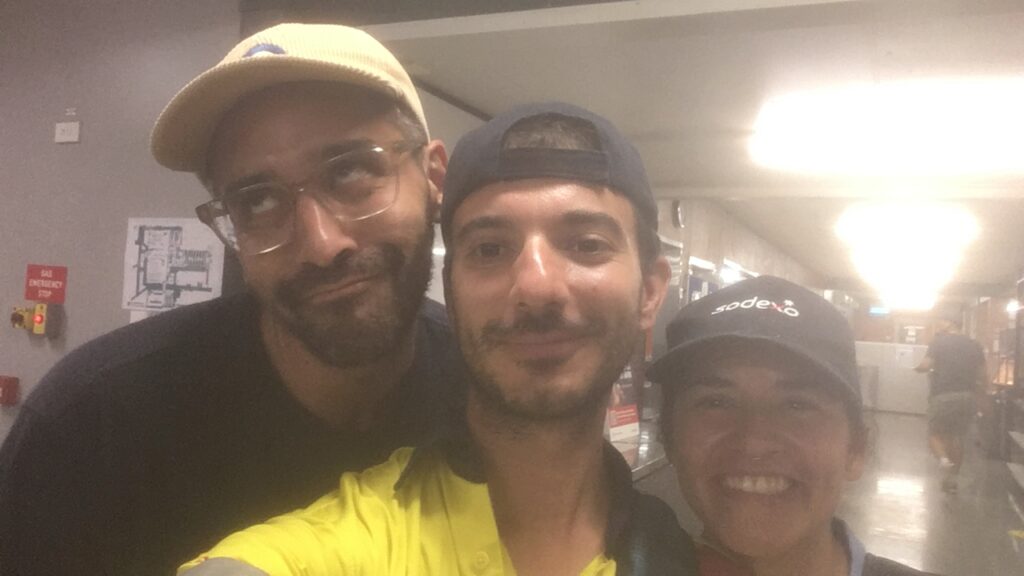
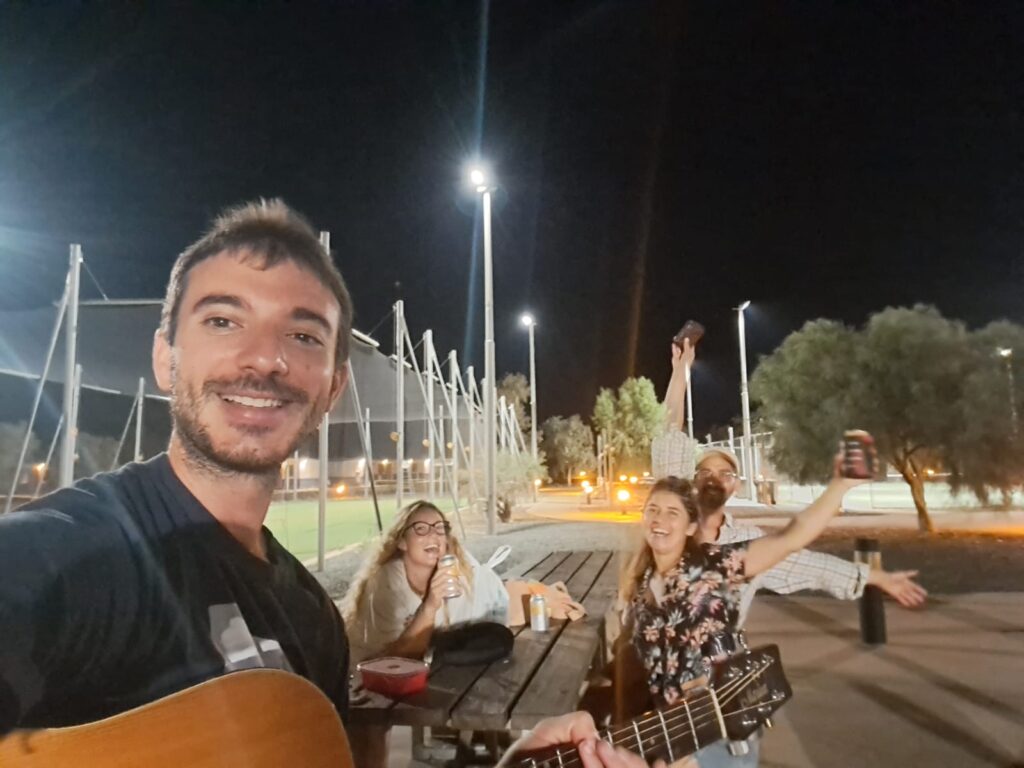
The worst:
1) The heat, the humidity and the flies.
2) Some of the people working there. I haven’t met many people in my life who love the job they do (myself included). That’s kind of sad but it is the reality. Take that one step farther and you’ll get plenty of people who hate their job and who, since they fly in until they fly out, they are crossing off the days as if they were in jail. That, of course, can be felt when working or having to deal with them.
3) The lack of care from the supervisors, managers, Eramurra and Sodexo. While reporting things that didn’t work (buggies, keys, trolleys, etc.,), they would just pretend to care about it but they wouldn’t do anything to fix the issue.
4) The way people left some of the rooms. They were disgusting.
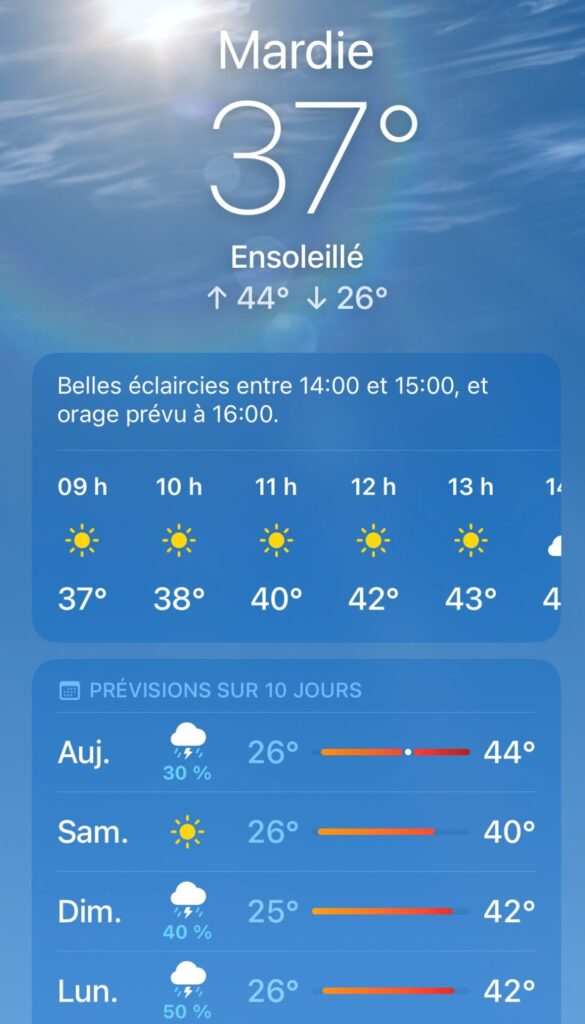
R&R in Perth and trying to decide what to do with my life
It felt good to be back. My days were mostly spent playing guitar and tennis with Nicola and hanging out with him, Mirko and other friends in China Town (the cheapest area in Perth). I was also hanging out with Yuki and the Japanese group while polishing the language of the Emperor. And, last but not least, I was also spending time with my sister and Ben, visiting Perth’s surroundings with their car 😁. Enjoyment apart, I needed to decide what to do with my life. Would I go back to the mines? Would I look for a house? How long would I resist at Billabong with the dancing bunk beds and the dirty kitchen? I found picking apples for 3 months in Mooroopna way harder than the 10 days working as a housekeeper in Eramurra. Yet, I didn’t feel like going back there.
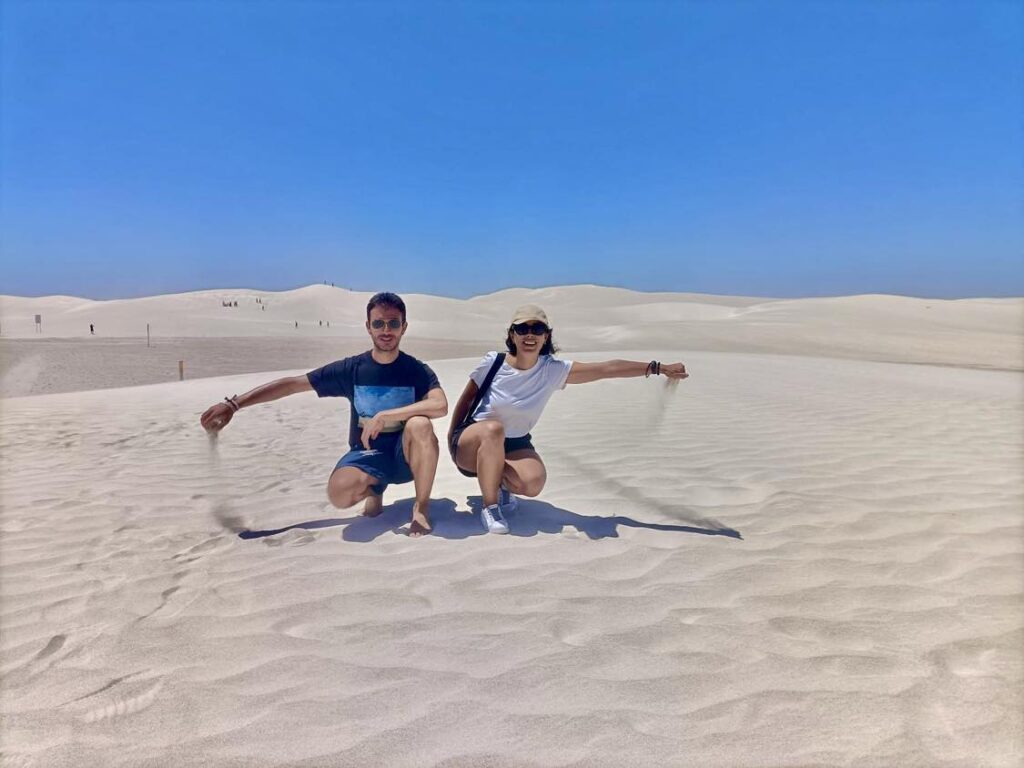
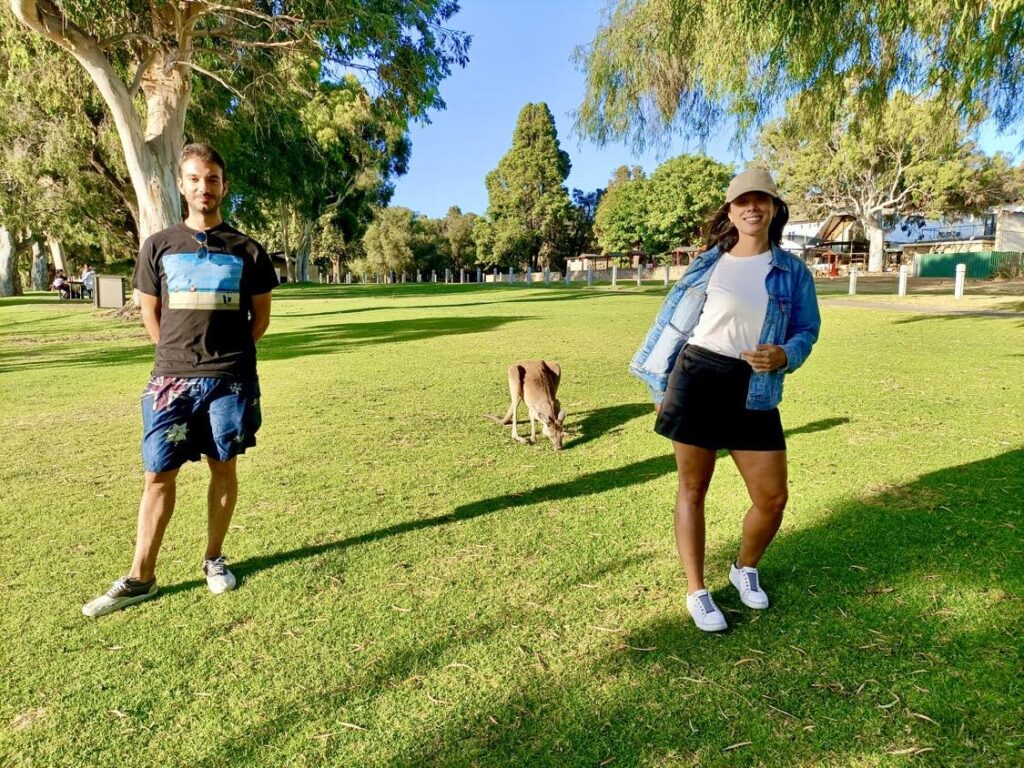
I didn’t like the job at all. The atmosphere of Eramurra seemed rotten and the unhappiness was tangible. However, I could save good money because I didn’t have to pay for food or accommodation. In my mind there was just the big trip ahead of me and, to make that dream come true, I might have to sacrifice my present for a while. I don’t like living a life where you hate your present and all your attention and hope is in the future. I don’t like becoming a slave of money. Nonetheless, that’s exactly what I did. I decided to keep on working in the mines and to stay at Billabong so I could maximize my savings. Although it all goes down to saving money, in my defense, I’d say I did it for the love of travelling and the feeling of freedom I get out of it 😎.
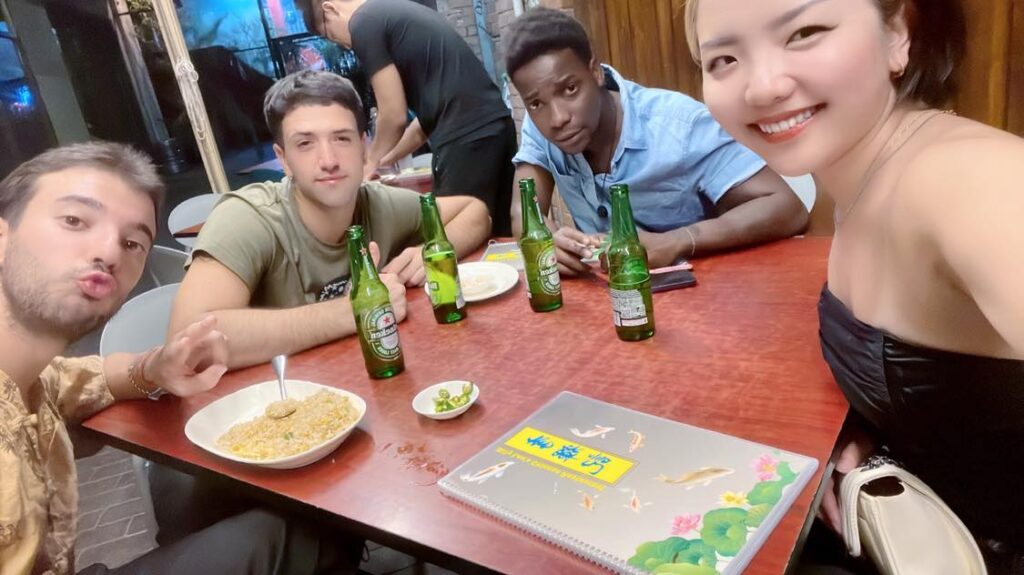
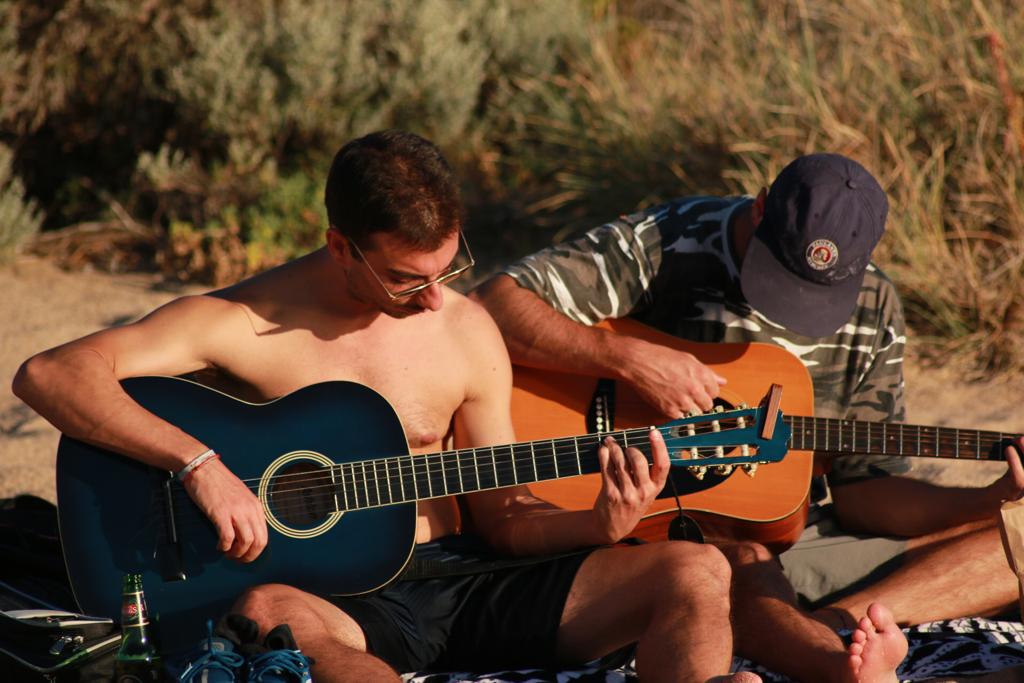
Second swing in Eramurra: mine site cleaner
My second swing in Eramurra was my third swing since I started working in the mines in Australia. Where did my second swing take place? At Kingfisher, a small mine not far from Karratha. I’ll go with that later. Back in Eramurra, this time I wasn’t going to work as a FIFO utility housekeeper but as a FIFO utility industrial cleaner (aka mine site cleaner). During my previous swing, I didn’t get to see “the mine” at all. The mine site is the place where those working in the mine work and eat. When it is time to sleep, they go back to the village, which is where I worked during my swing as a housekeeper. My swing this time was of 11 days. I showed up at 05:20 at the place where housekeepers meet for the pre-start and then, I met Piero again lol.
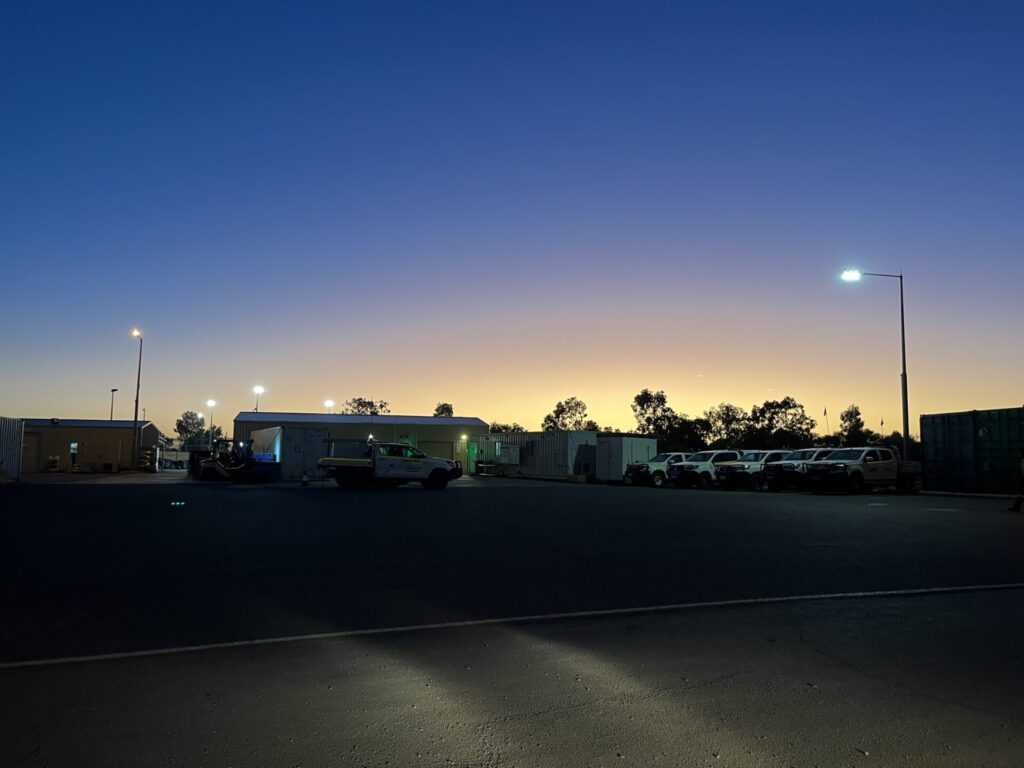
It would take us around 30 minutes to drive to the mine site. Thus, we were not having lunch back in the village but in one of the cribs in the mine site. 30 minutes to go and 30 minutes to come back meant that, for an hour, we were not working. I was in pairs during the whole 11 days although the people making up the pair changed almost daily.
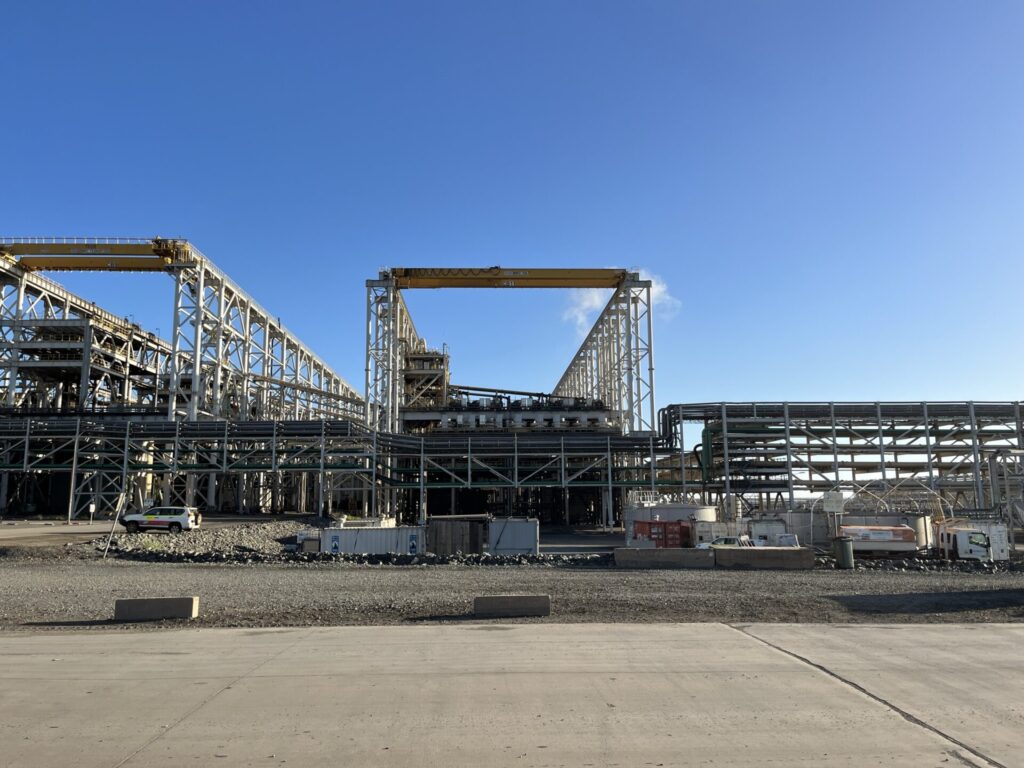
The laundryman at ABC
We were working at a laundry called ABC. There were around 16 washing machines and 16 dryers. The miners would access a container with the dirty clothes through a back door, take a shower with the clothes on, dump them in a bin, take a normal shower, put on clean clothes and leave through the front door. It was like a disinfection corridor. Our job was to collect those dirty uniforms, wash them, dry them, fold them and put them back in their lockers. We also had to clean the showers and the toilets once a day. I liked it better than housekeeping. If you managed your time wisely and you had all the washing machines and the dryers always on, you could have some down time. I would study on my phone, read a book or watch One Piece.
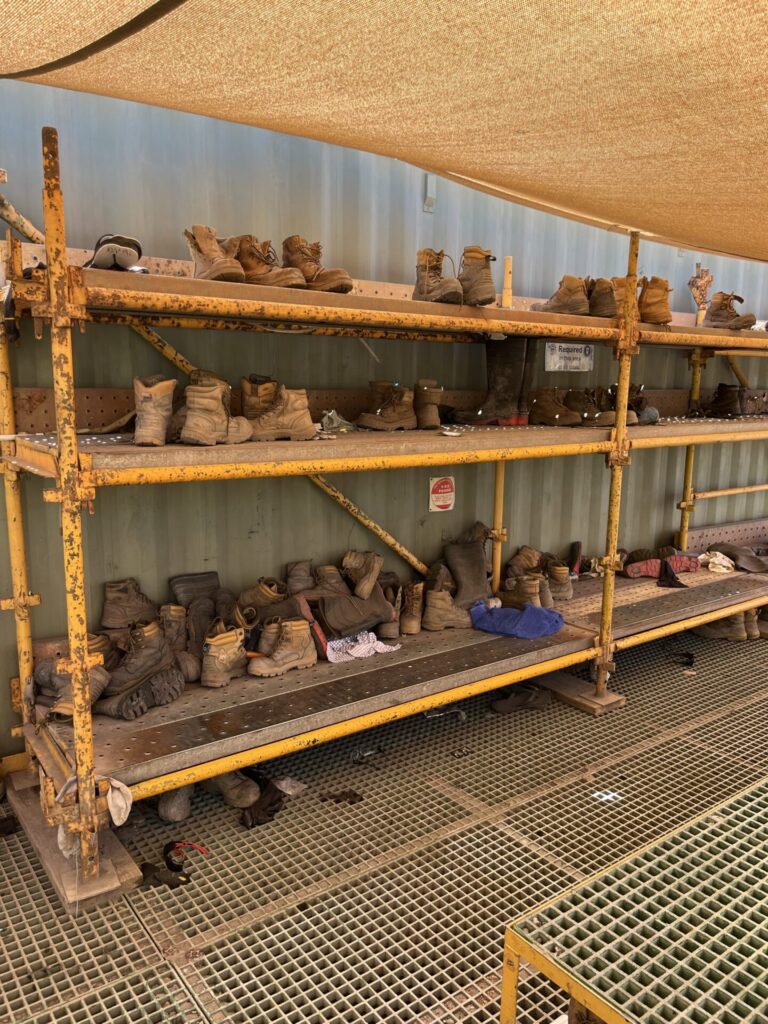
There were two different day shifts: from 05:30 till 17:30 and from 07:00 till 19:00. I got to do both. The reason for the one starting at 07:30 was so that you could help with the last batch of dirty clothes. Like that, those doing the night shift would have almost everything clean and tidy when they arrived. Yes, you read well. There were people doing night shift working as FIFO utility mine site cleaners. The mine doesn’t stop and most of the jobs have both day shift and night shift. I was lucky I escaped night shift that time 😮💨. What was the best and the worst from my 11-day swing as a FIFO utility mine site cleaner in Eramurra?

Summary of my 11-day swing as a FIFO utility mine site cleaner in Eramurra
The best:
1) I met Piero again and I met Antonio for the first time. We met after work quite a few times for a beer and… the magic happened: we ended up booking flights to Taiwan and we spent 10 amazing days there!
2) I liked the job better than housekeeping. It could be repetitive and monotonous (like most of the FIFO utility jobs in the mines of Australia), but I didn’t mind it as much as housekeeping.
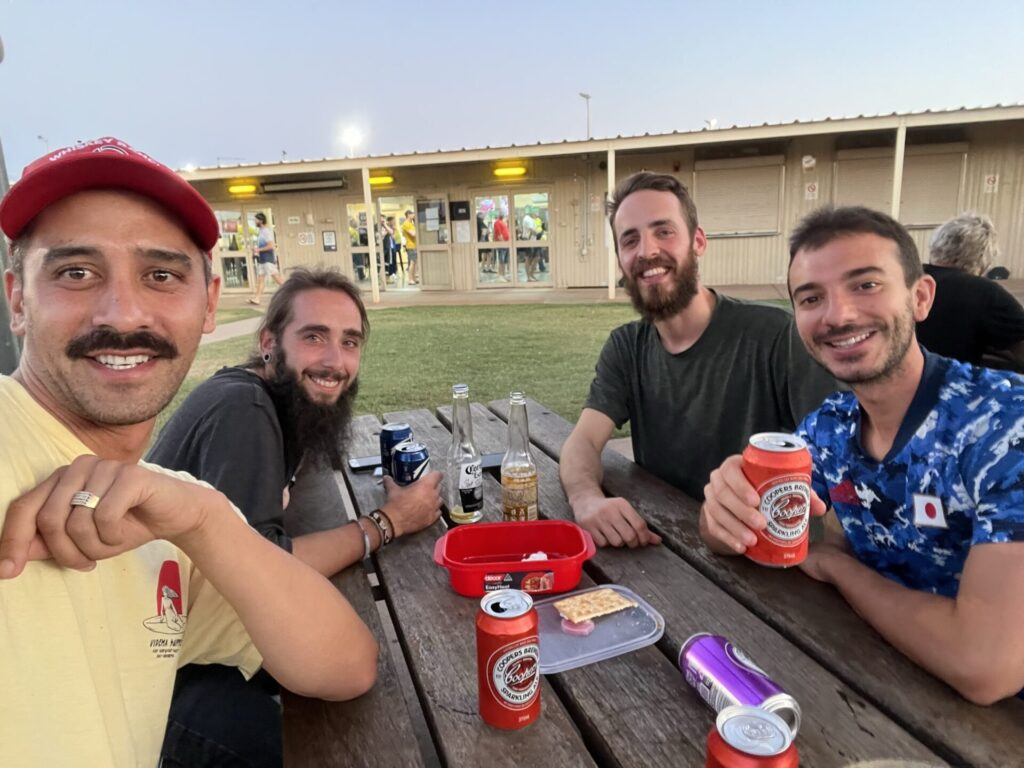
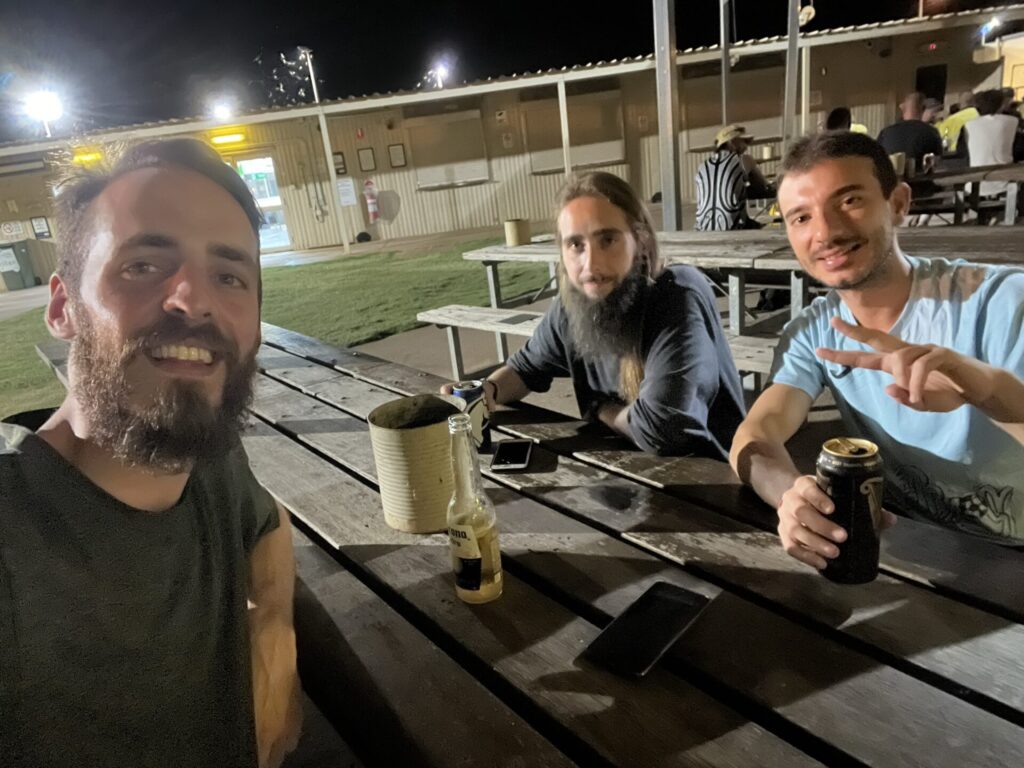
The worst:
1) The heat, the humidity, the flies and the grasshoppers. Early in the morning the ACs were working and it wasn’t that hot. As the day passed, the heat from the washing and drying machines built up and the ACs stopped working (it was too hot). I felt like if I was working in a sauna fanning the guests, except that there was no fan and there were no guests lol. It just reminded me of my experience at Nobeha No Yu sento in Osaka. If you ever go to the city of takoyaki, give it a go! And then, there were the grasshoppers. Millions of them. Dead and (or) alive. Inside the laundries, the toilets and the rooms. At night, it would seem like there were mosquitos flying around the street lamps but they weren’t mosquitos. They were grasshoppers!
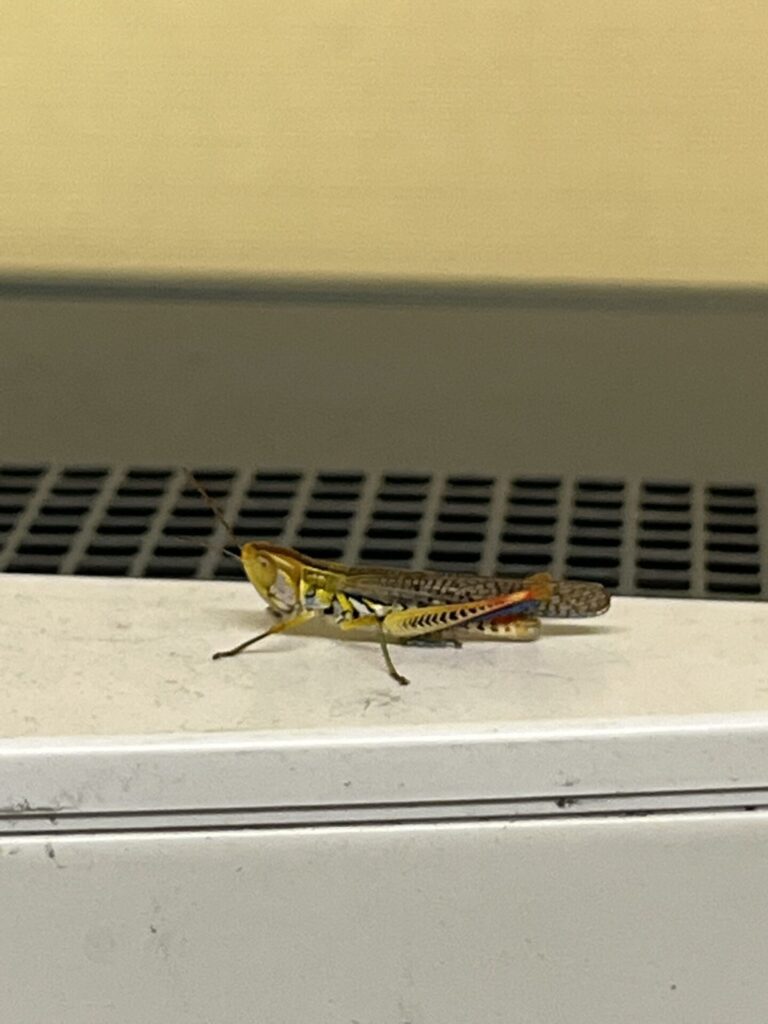
2) My co-worker for my last day. She was negative, complaining all the time and criticizing everyone. Putting into practice what I learnt during my 10-day Vipassana retreat in Malaysia wasn’t easy but there I was trying to accept reality as it was, not as I wanted it to be. I did tell you that working in the mines in Australia shared some similarities with this ancient meditation technique, didn’t I? 😆
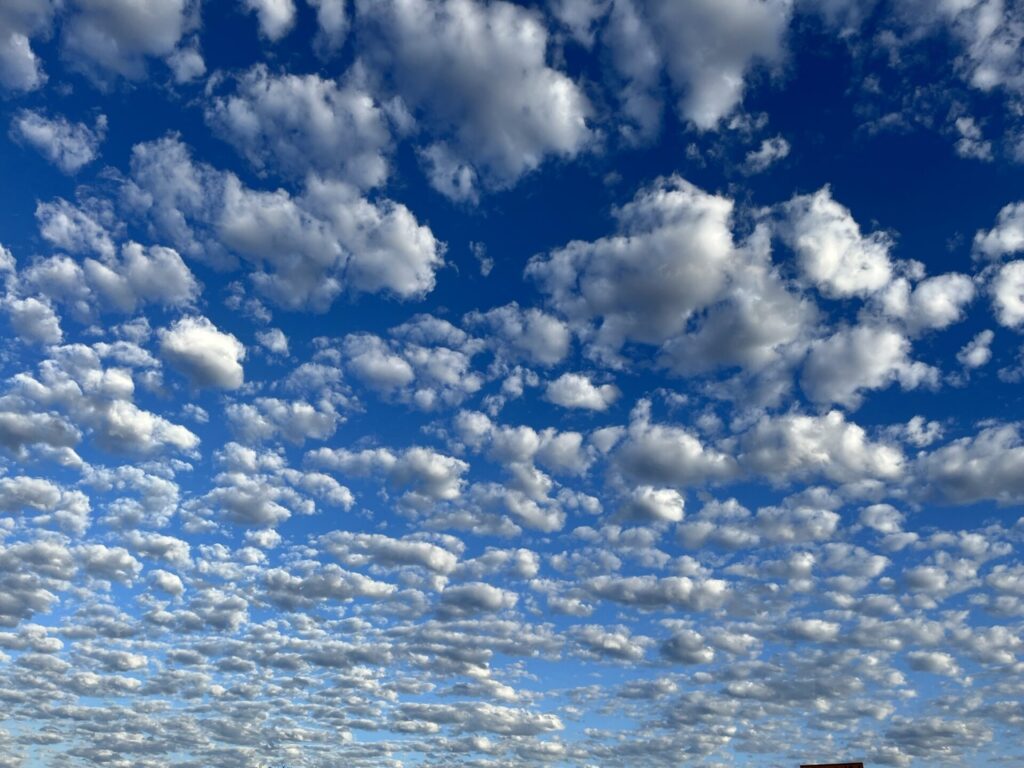
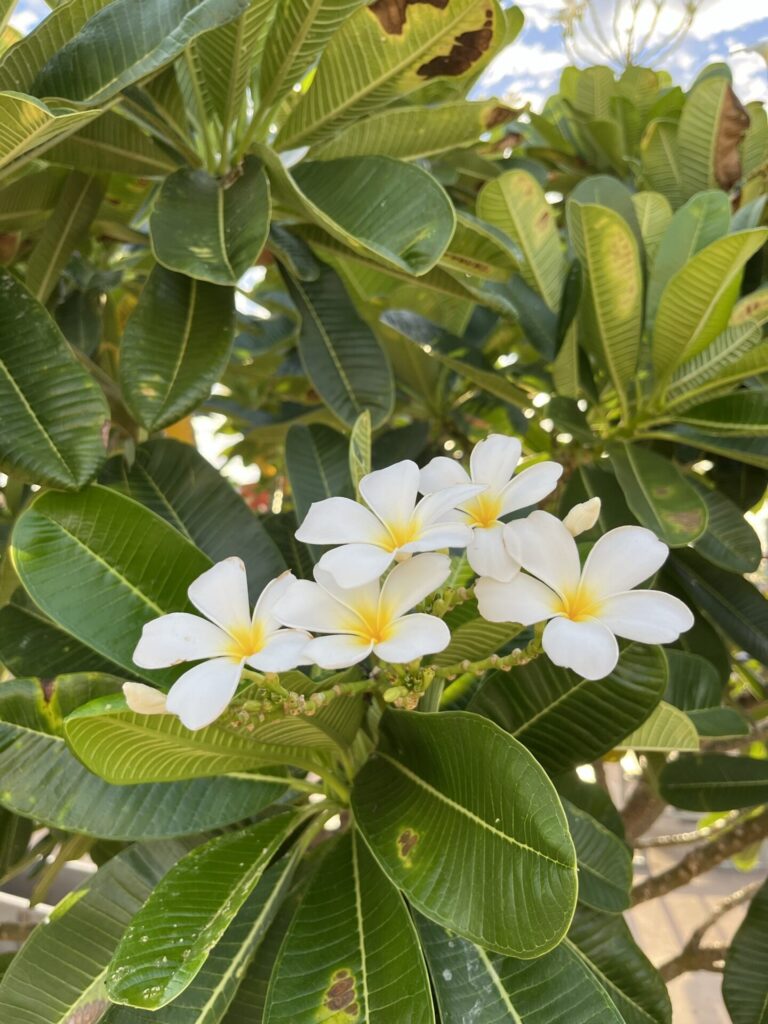
Learning the lesson from the difficulties before my second swing
Kingfisher was my second mine site and my second swing working as a FIFO utility for Sodexo. After my first swing in Eramurra doing housekeeping, I spent around 10 days in Perth deciding what to do with my life. Once I made up my mind, I spoke to my scheduler and was offered a swing at “Sandfire”. Life was telling me that the heat in Eramurra was not the real deal lol. A day before flying out, my scheduler called me to cancel the swing. Remember what I told you about the struggle to find accommodation in Perth? Remember what I told you about how things should be in a “normal swing”? Well, there you have it. I had my accommodation booked until the day I was flying out. Big mistake!
I was told that they didn’t have any vacancies at the moment and that I might have to wait for 10 days. 10 days without work and without a place to sleep! It all happened in the blink of an eye. As I was starting to panic, my scheduler called me again and offered me a two-week swing at Kingfisher. I had to fly the next day quite early in the morning and I didn’t know what job I was going to be doing. I had no option so I agreed to that.
P.S: Your scheduler is the person who arranges the swings for you. Sometimes you have to be persistent, specially in the beginning. Don’t be afraid to call him/her and send him/her emails until you get your swing. And to avoid the panic attack from not having a place to sleep due to a swing cancellation, make sure you always have at least three weeks booked from the day you are flying back to Perth.
Kingfisher
So, I woke up at 04:00, got my Uber at 04:30 and flew in at around 06:00. I arrived at Karratha airport without knowing my final destination. I started to ask those wearing the HiVis if they were going to Kingfisher. There were a couple of people who were going there as well so I just joined them. We got into a van and, at 08:30, after being asked if I had any experience working in a kitchen, the first day of my two-week swing working as a FIFO utility in the kitchen started. It wasn’t the first time in my life starting a job without many instructions on what to do but that first day was crazy. I was just basically thrown to the lions. They gave me a list with all the tasks I had to do, wish me good luck and that was it 😅.
There were two chefs working with me: Neil and Kelly. They were quite nice and helped me a lot. Without them, specially the first couple of days, it would have been much more difficult. I didn’t know where anything was. Some of the tasks were self explanatory but some others were not. The village was tiny, especially compared to Eramurra. There were around 450 people working there so they were using just two kitchen hands. One for the day shift and one for the night shift. I did day shift for a week and then…
First and last swing in Kingfisher: the (hidden) kitchen weapon
My shift was from 09:30 till 21:30 with one hour break. I would arrive in the kitchen, wash the few pans, pots and trays left from breakfast and then would move to the dining room. I needed to clean and re-stock the whole area. Wiping tables and shelves, sweeping and mopping the floor, throwing expired food and re-stocking the different areas with snacks, juices, fruit and sandwiches were some of my tasks. The fact that I was working inside a closed building with AC helped avoiding the intense heat. That was during the first days. During the last ones, none of the ACs in the dinning room were working lol. My day wasn’t very busy until 15:30 or so.
At that time, I had to set up the cold crib with salads, fruit, desserts and other bites. Dinner would start at 16:30 and finish at 20:00 and that was the busiest time for me. I had to replenish the different food areas, wash the dishes, cups and cutlery and all the cooking tools the chefs were using. And, if I didn’t want to faint in the middle of the service, I had to find some time to eat my dinner 🙄. After dinner, I had to rush to be able to wash everything before 21:30 so I could go to bed without doing much overtime. That was the toughest hour. I finished dripping sweat, even if the AC was working somehow. Like everything in life, once I got the hold of it, it wasn’t that difficult. I could finish everything in a timely manner (kind of) 😜.
Daredevil: going to sleep after a festival
The first week came to an end and, just like that, my feared night shift started. Working in the mines in Australia gave me “the chance” to spend the night working rather than sleeping. Like everything else in life, the thought of it was worst than the experience itself. After finishing my regular day shift, I tried to stay awake for as long as possible. I went to bed at around 04:00 but woke up pretty early. I had something to eat and went back to bed but couldn’t sleep much. Before a night shift you are supposed to have a 24-hour gap, so you can try to adapt. Of course, a day was not enough. I arrived at the kitchen at 21:00 to start my shift. It felt weird but having Neil by my side, who had being doing night shift for many years, was helpful.
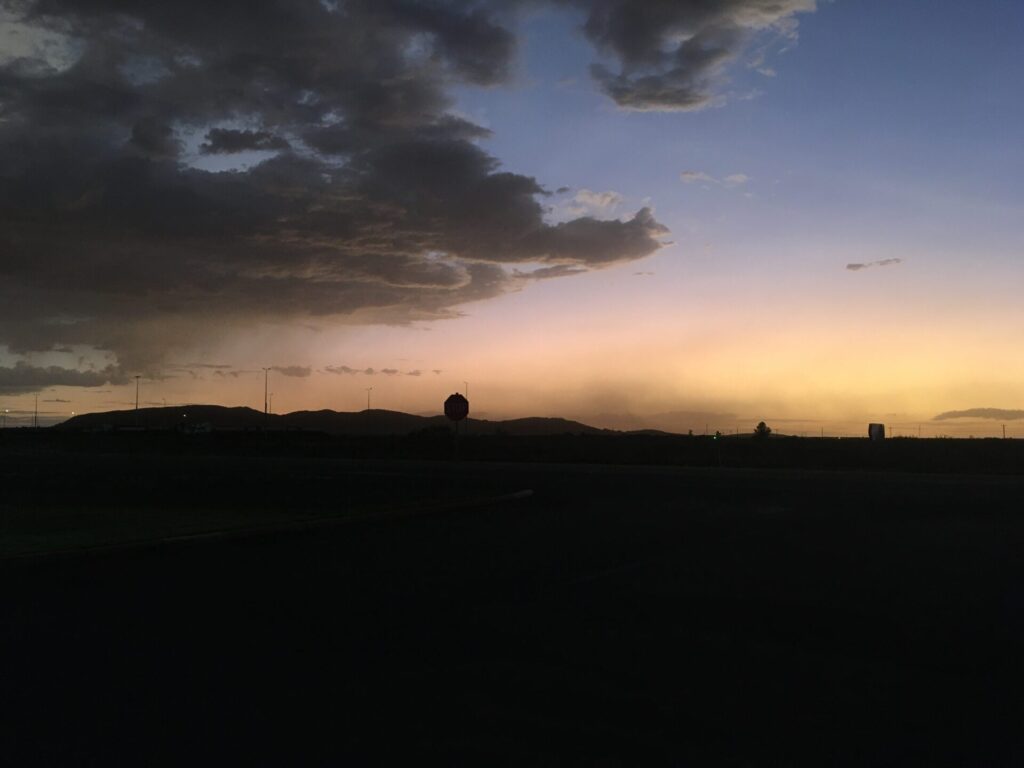
Breakfast was the busiest time. It wasn’t as busy as dinner and, overall, all night shifts aren’t as busy as day shifts. The tasks I had to do were pretty similar. The only different one was putting the dinner leftovers into take away containers so they could still be eaten during the next two days. I liked that from Kingfisher. In a world where so much food is wasted, it felt like a little oasis of hope. There were moments when I felt quite sleepy but listening to music, focusing on my tasks and speaking to Neil now and then helped me staying awake. Going to bed at 09:00, with the sun outside and all sweaty reminded me of the good old festival days 😎. For my last day (night) of work, I finished at 08:00, took a quick shower, grabbed my stuff and get onto the plane… exhausted.
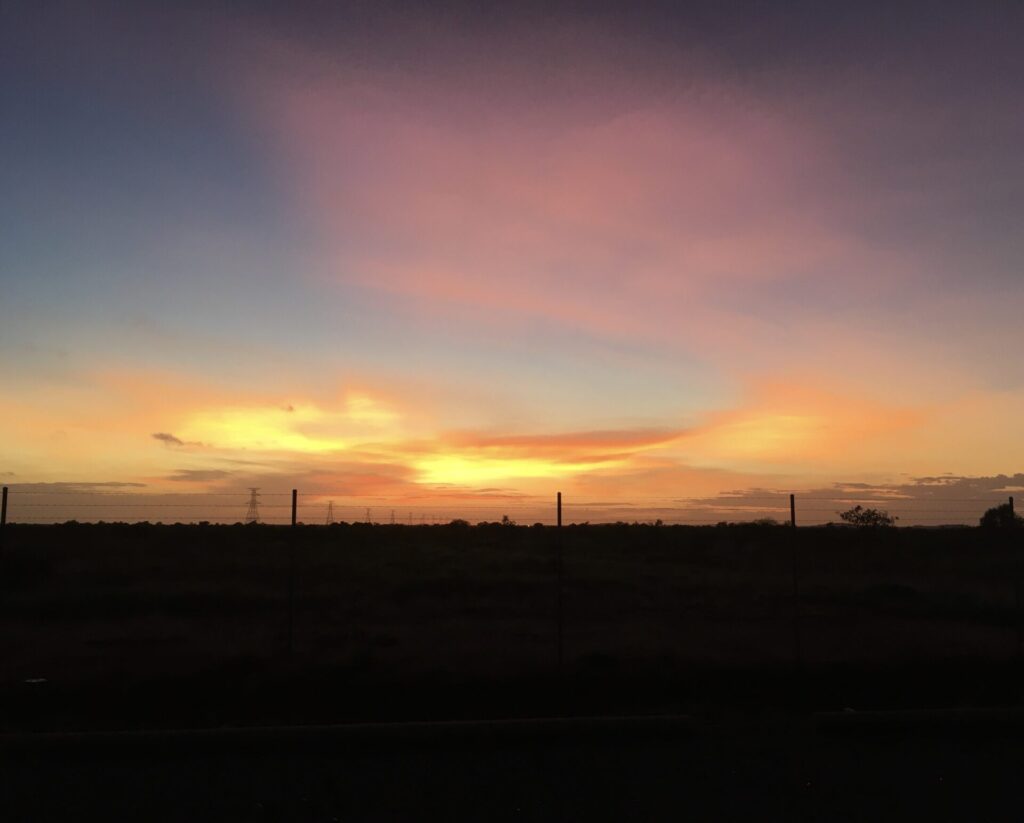
Summary of my two-week swing as a FIFO utility kitchen hand in Kingfisher
The best:
1) The food. There was a fridge full of sandwiches, wraps, burgers and other snacks. During the first days, we were using some frozen ones that they were buying from a supplier but then Kelly got into it and she made everything fresh. It was very good!
2) Working inside the building minimize my exposure to flies and heat.
3) I met Adri and Pilar, a couple from Barcelona. They were friends with Antonio, who I ended up meeting during my second swing in Eramurra. It was nice talking to them while washing dishes lol.
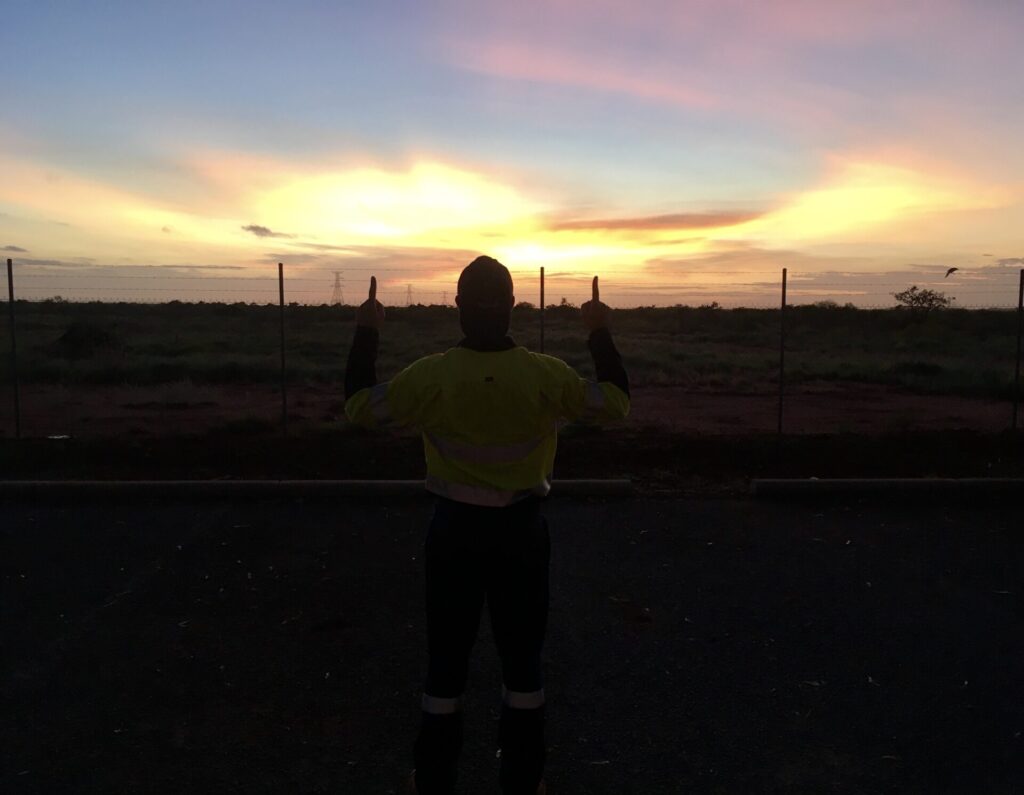
The worst:
1) The first day. I woke up at 04:00 and went to bed at 22:00. Being thrown to the lions was not a nice experience but thanks to Neil and Kelly I overcame it.
2) The shift. Working from 09:00 to 21:00 or from 21:00 to 09:00 means you have zero time to socialize. That’s the typical kitchen shift so be prepared for that 🙂
3) The night shift. While it was less busy and less hot, I didn’t like working at night. Going back to Perth for my R&R felt like if I had just arrived to Perth from Spain. I was jetlagged for three or four days 🤪.
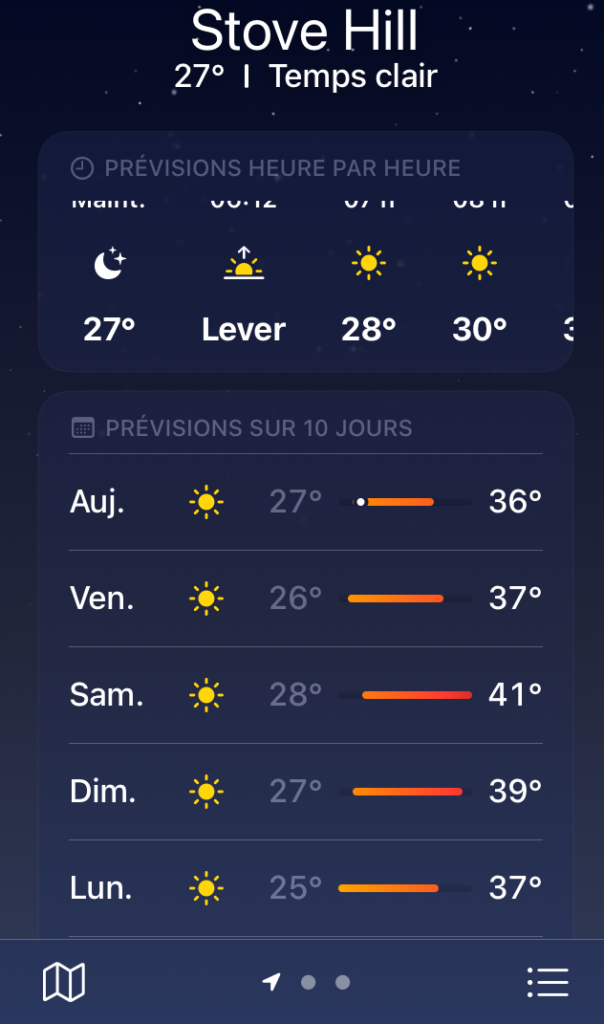
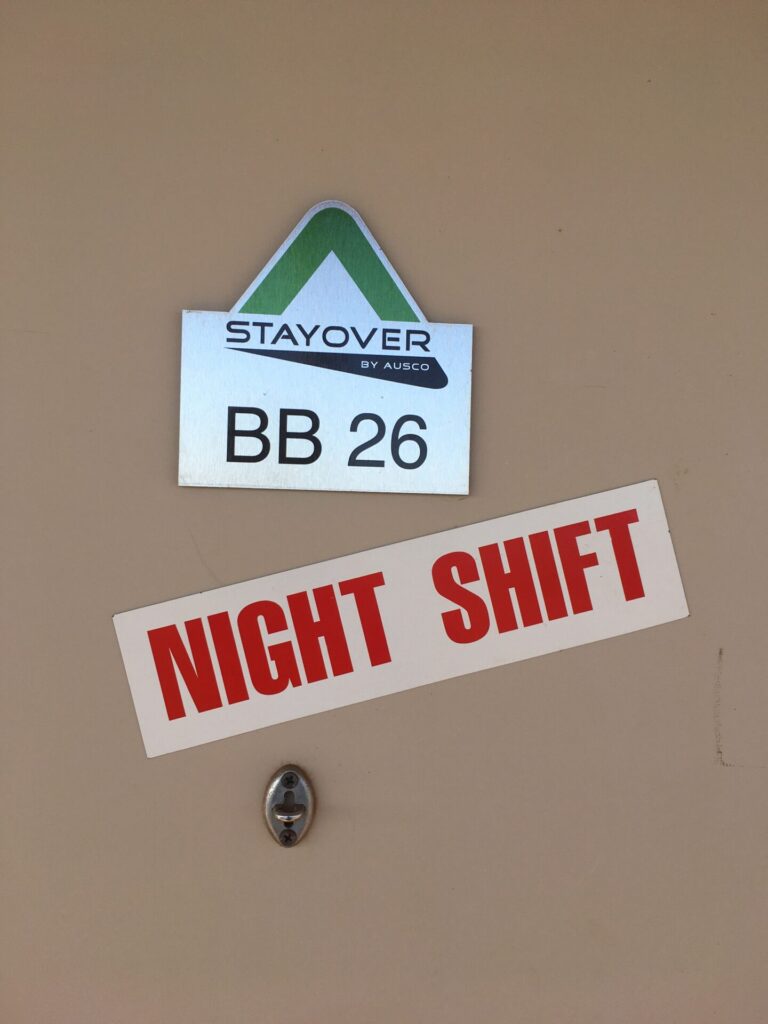
Karara
After my third swing working in the mines in Australia, I had already tried most of the FIFO utility jobs: housekeeper, mine site cleaner and kitchen hand. Housekeeper < kitchen hand < mine site cleaner. It wasn’t that mine site cleaner was the best, but it was the least bad. I kept on meeting people who liked better working as a housekeeper than as a kitchen hand. It might be that my experience as a FIFO utility housekeeper in Eramurra was kind of hell but it might also be that I don’t like the job itself. Nonetheless, it was time for my third mine and my fourth swing. I was hesitating between a couple of swings and I ended up betting on Karara. The bet was good. I spent two weeks there and I got to work during three public holidays ($57.38 an hour) 💸.
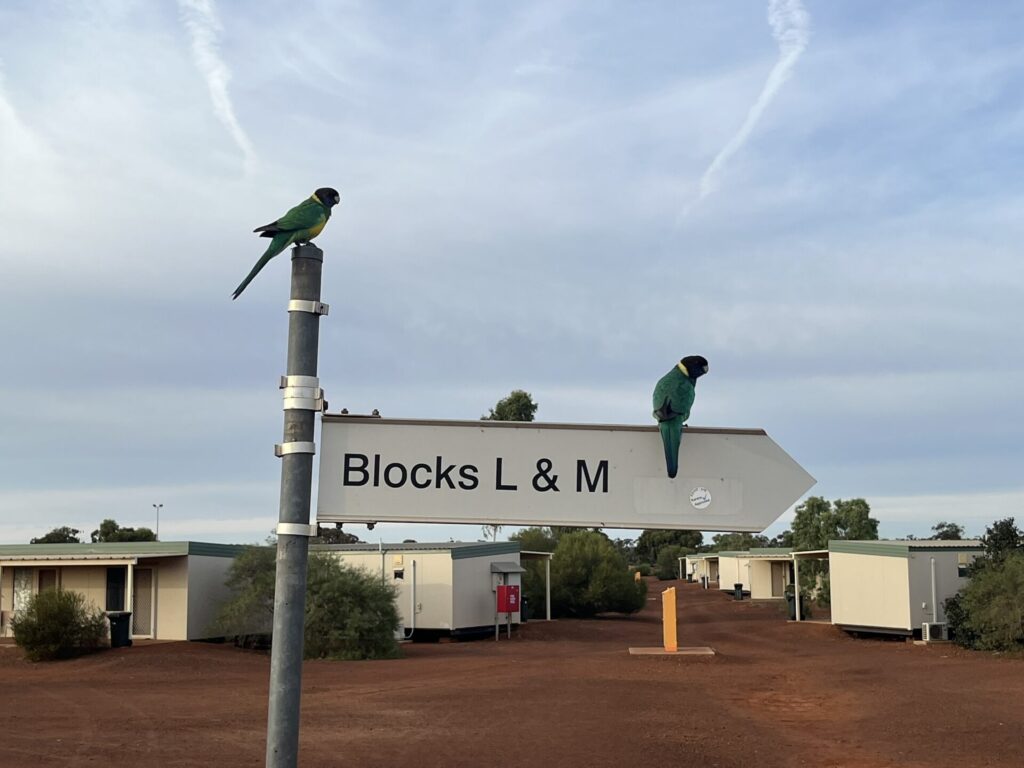
Little did I know back then that Karara would become my last mine site and the place where I would do a total of 5 swings. Not bad, huh? Karara was similar to Eramurra but I liked it better. They both are owned (totally or partially) by a Chinese company and the look of the village is kind of similar. That being said, I felt like the unhappiness in the atmosphere was lower in Karara. The rooms were nicer and bigger and to me, the food was also better. In Karara I did:
1) Two-week swing as a mine site cleaner.
2) One-week swing (half as a mine site cleaner and half as utility).
3) Two-week swing (half as a “regular” mine site cleaner and half as a mine site cleaner at NRW).
4) Two-week swing (half as utility and half as a mine site cleaner at NRW).
5) Two-week swing (half as a “regular” mine site cleaner and half as a mine site cleaner at NRW).
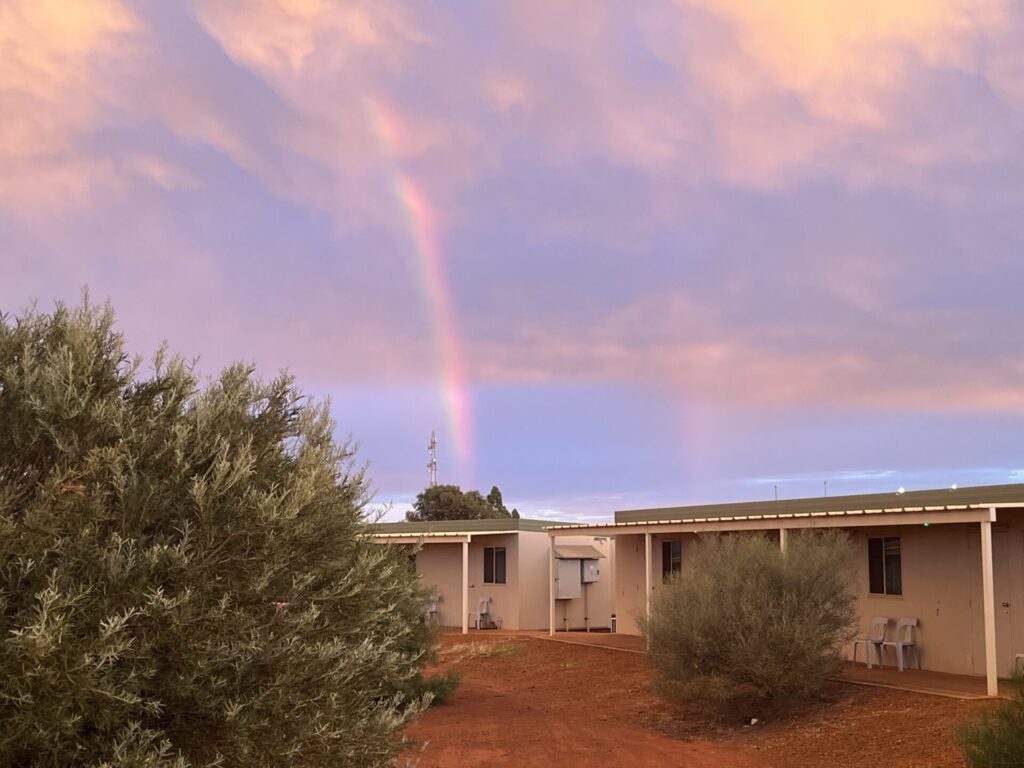
Swings as a “regular” FIFO mine site cleaner in Karara
The job was the least bad for me among all the FIFO utility jobs I ever did while working in the mines in Australia. The shift wasn’t the best (from 08:30 till 20:30), but it was the least busy job. The mine site was around 10-15 minutes away from the village. We went and come back three times a day for the lunch and dinner breaks. As you can guess, while driving, we were not working. We had a one-hour lunch break and a 30-minute dinner break back at the village. The “worst” part was having to go back to work after dinner (from 17:30 till 20:30). That was in theory though. I never finished at 20:30. Another thing that wasn’t very “nice” was that, even if we had finished before 20:30, we couldn’t make it back to the village before 20:15 so that the managers wouldn’t see us 😅.
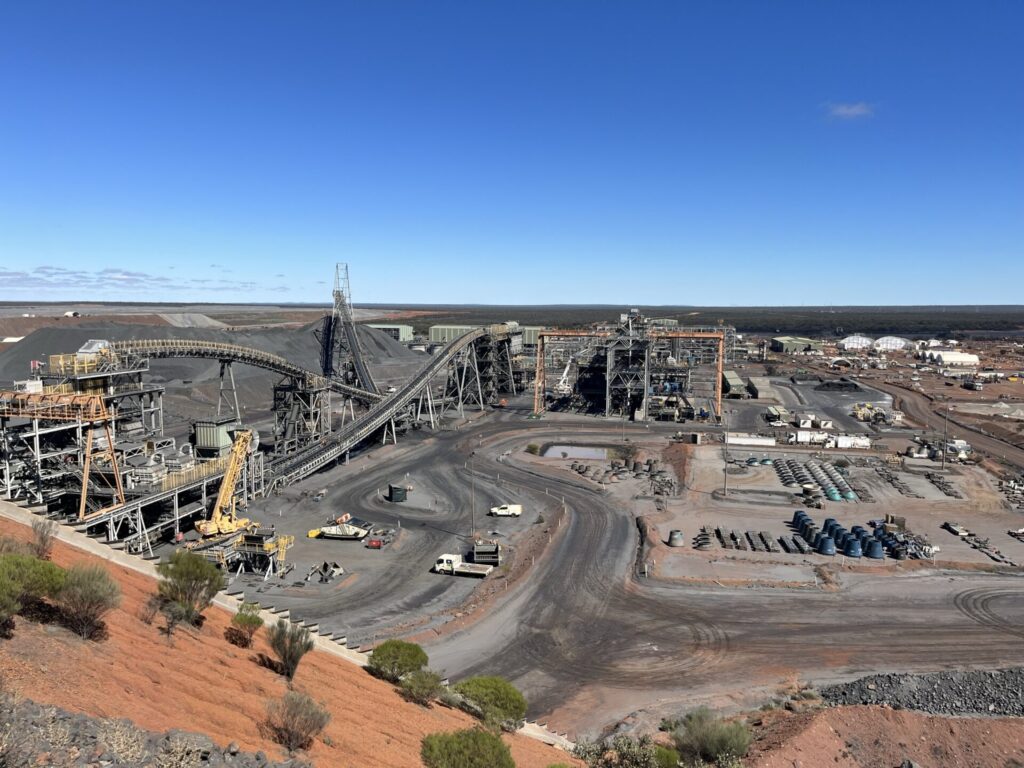
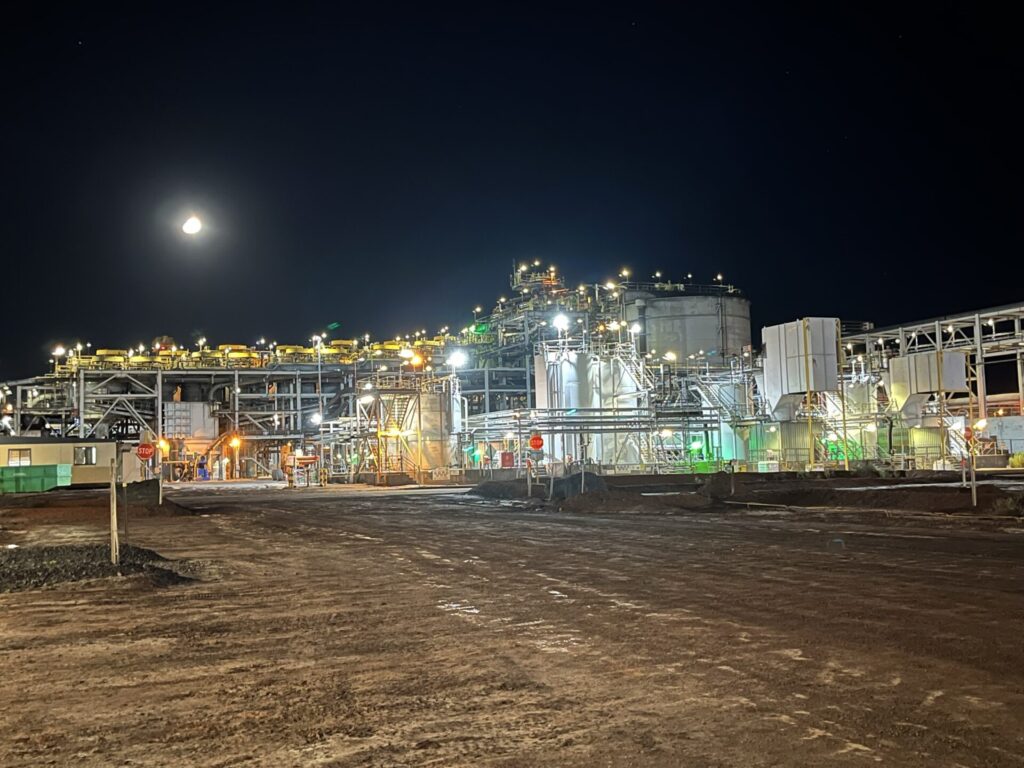
There were two different “runs”. We were 5 people split in 2 groups. One car of 3 people and another one of 2 people. Every team was in charge of a different area. All the areas included cribs, toilets and offices. We would clean them, restock them and throw the rubbish. I worked with different people and did both runs. Among all, I really enjoyed my time working with Nick, Samira, Charlotte and Tracy 😉. We would clean a building, drive the car to the next one, clean that one and maybe another one and then we would have a “smoker” break. Like that, the job wasn’t that hard. Some areas were pretty dirty though, specially due to the dust. And when it rained, the mud became an unwanted guest but, other than that, the job wasn’t too bad.
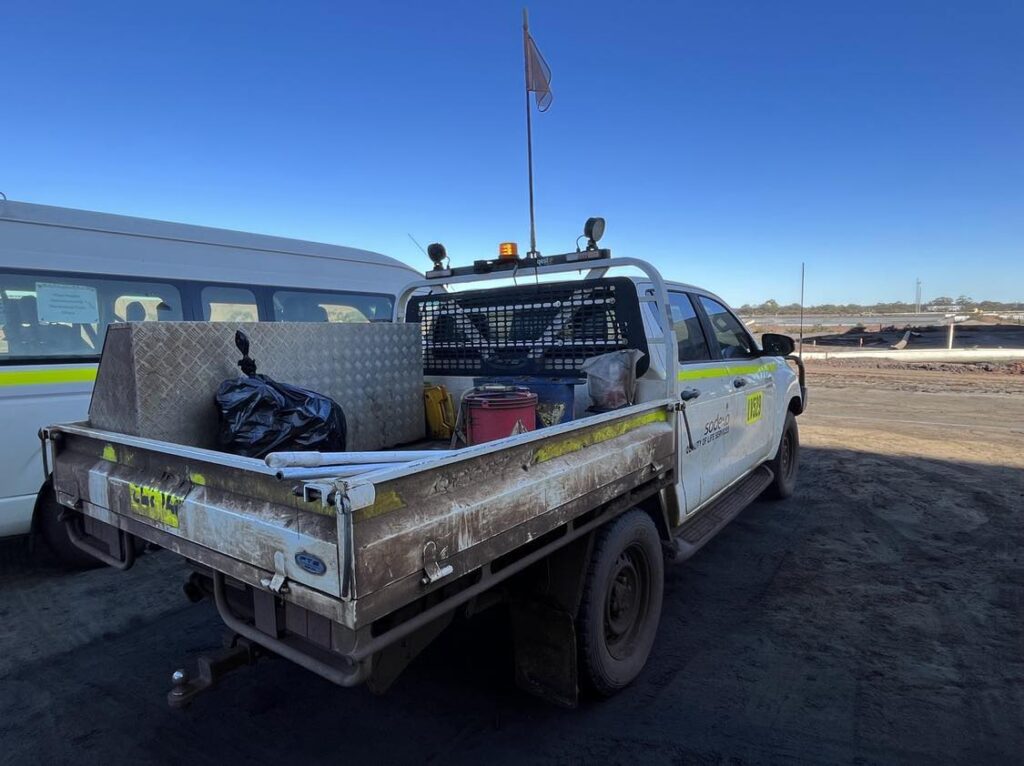
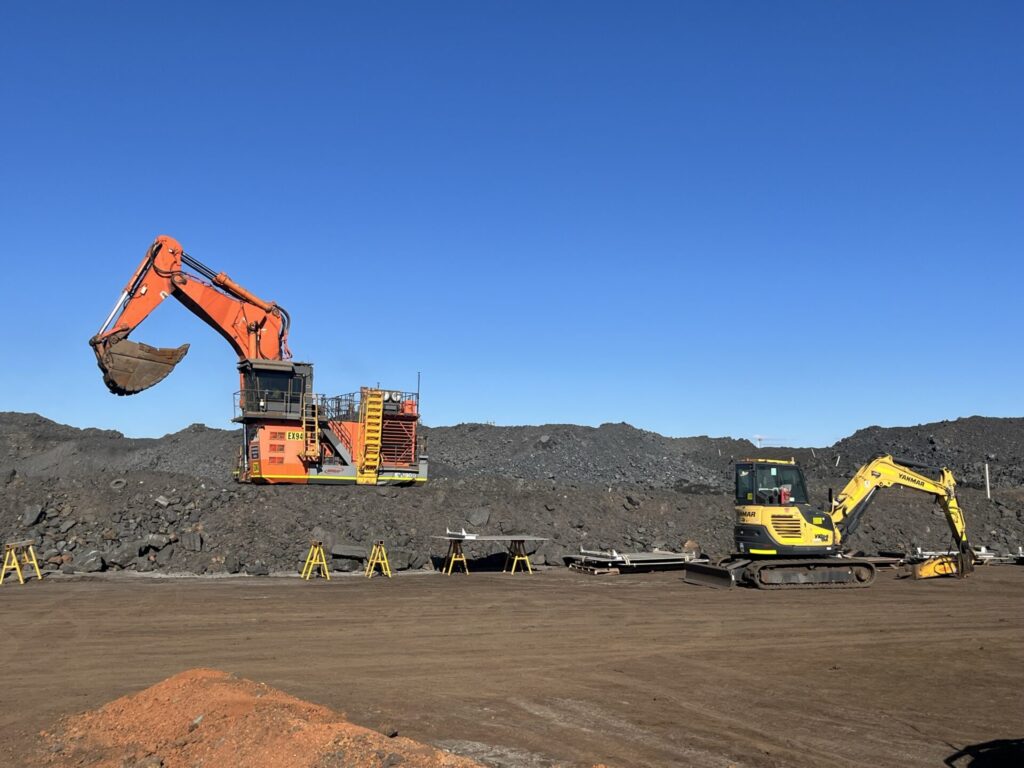

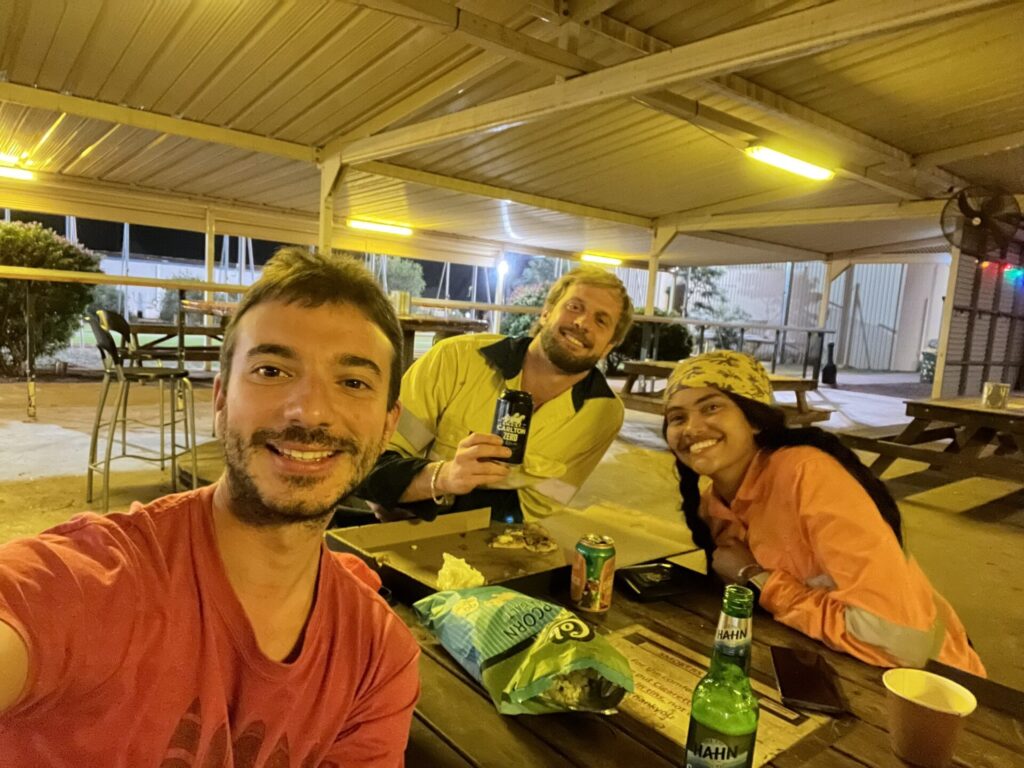
Swings as FIFO utility in Karara
As I was mentioning earlier, working in the mines in Australia as a mine site cleaner was the best job (or the least bad) I did. I would say the second one was working as a FIFO utility. My shift started at 06:00 and finished at 19:30. I had two and a half hours break from 12:30 to 15:00. From 06:00 to 07:00 I was working at the bar, selling alcohol to those doing night shift. From 07:00 to 12:30 I checked the bins of half of the village. If they were full or almost, I would take them to the skip bin and put in a new bin bag. I also started to clean the laundries from the same half of the village. Sometimes they were pretty clean but sometimes they were pretty dirty.
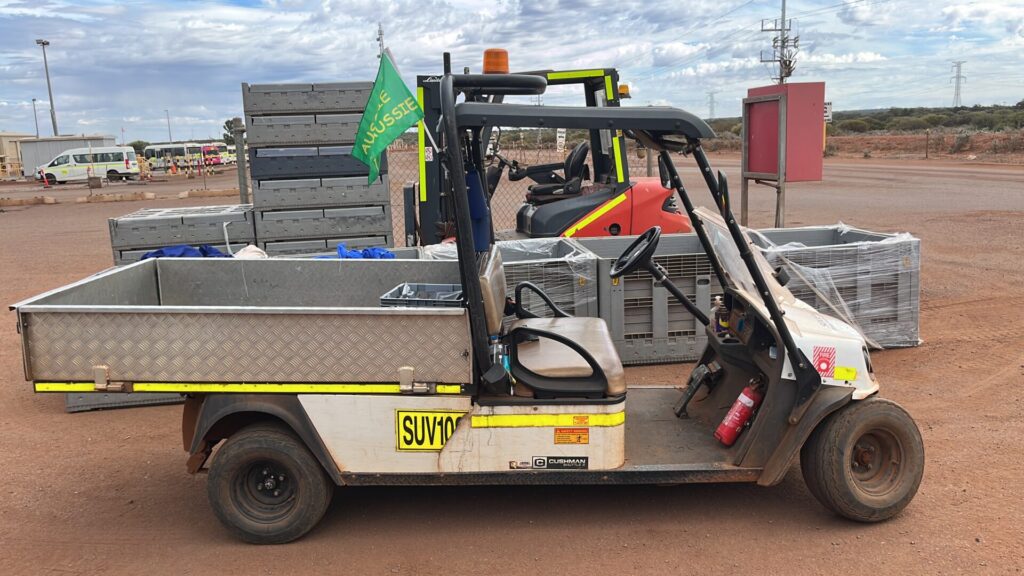
After my lunch break, I would finish any laundries I had left and then I would start collecting the dirty linen. The housekeepers would leave it on a chair next to the room and I would collect it all and take it to a container inside a shelter. From 17:00 to 17:30 I had my dinner break and then, from 17:30 to 19:30 back to the bar. The last two hours went by pretty slow even though it was busier than during the morning. Except when I was working at the bar, I did all the other tasks while driving a buggy. It was pretty chill, except when it rained. I spent most of the day working alone but it was alright 😃.
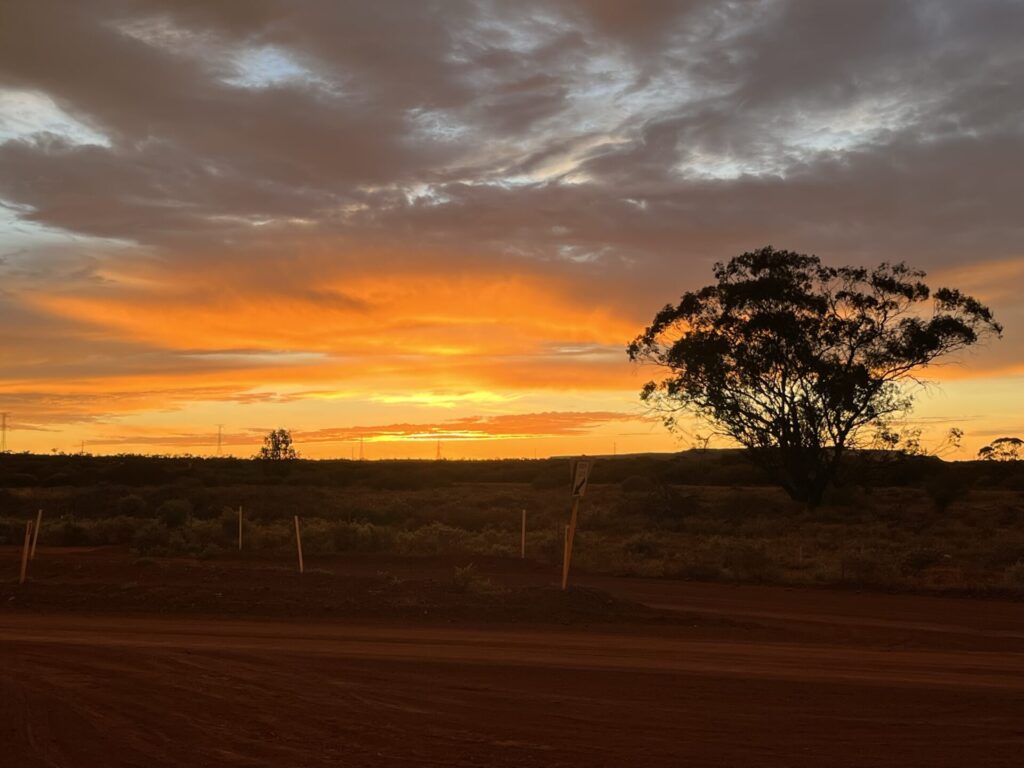
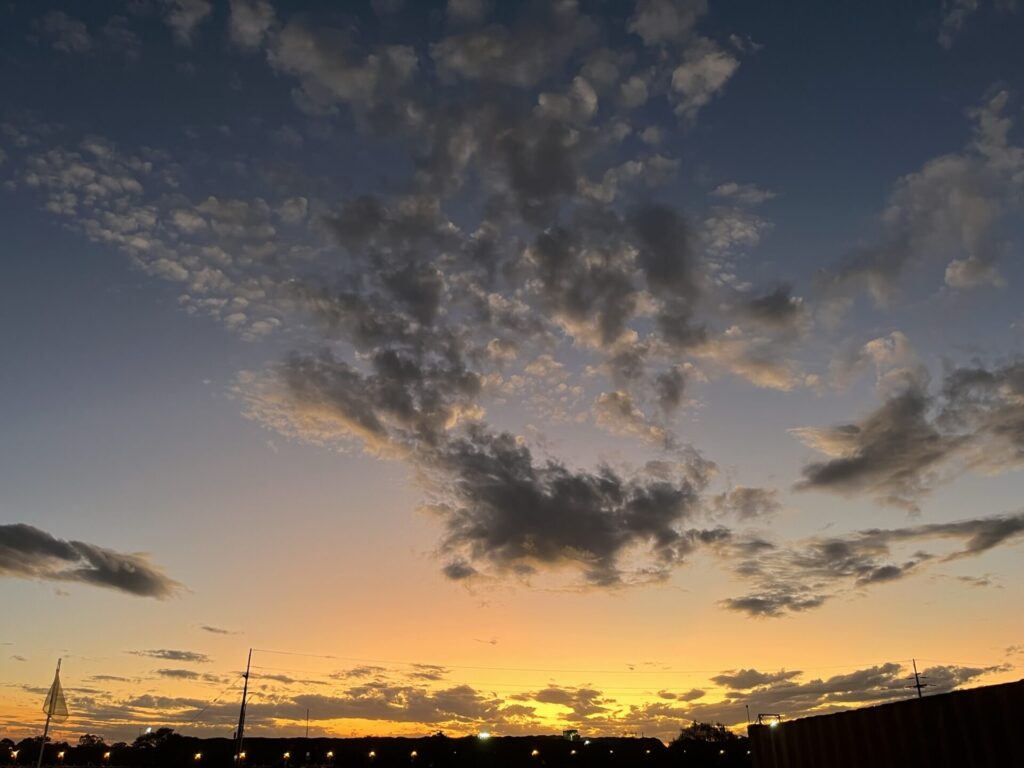

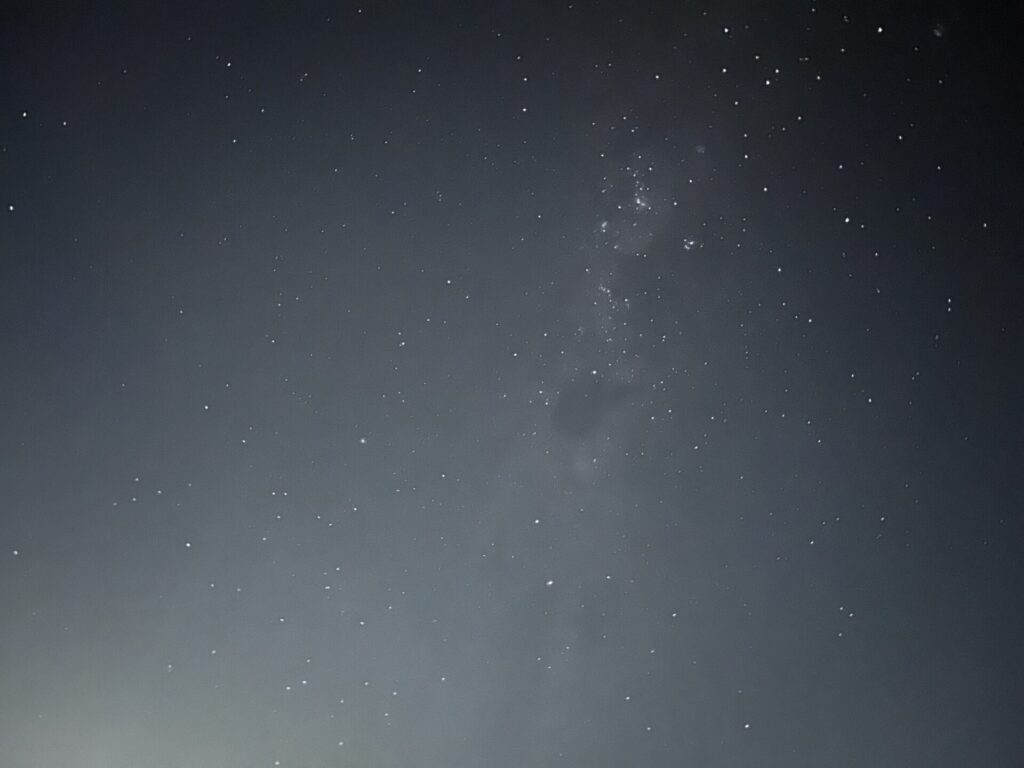
Swings as FIFO mine site cleaner working for NRW in Karara
The last from the three different swings I did while working as a FIFO utility in Karara was mine site cleaner for NRW. NRW is one of the several companies working at Karara. The job was similar to the one I did working as a “regular” mine site cleaner except that I did not have a car and I was working alone. The shift went from 05:00 to 17:00 so the best part for me was being able to have dinner without having to go back to work afterwards. I would get on a bus going up to production, where I would clean a crib and a couple of toilets. Then, I got a ride from some of the workers there down to TLO and, after doing a similar job but in a smaller building, I would get another ride or walk to NRW main office.

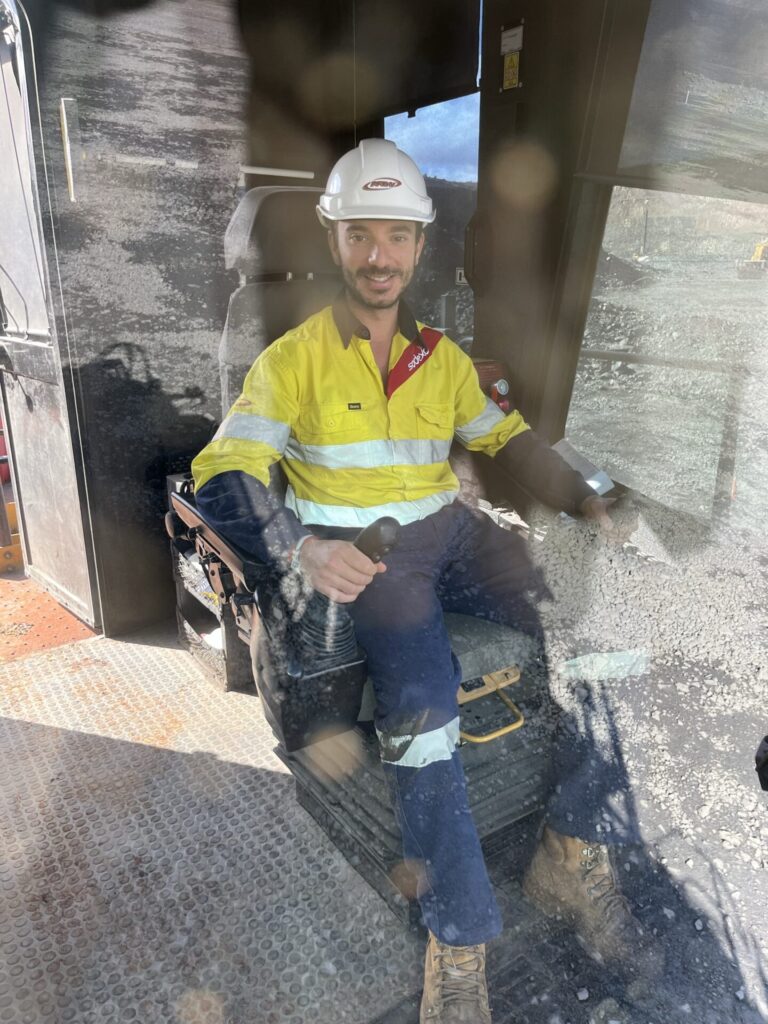
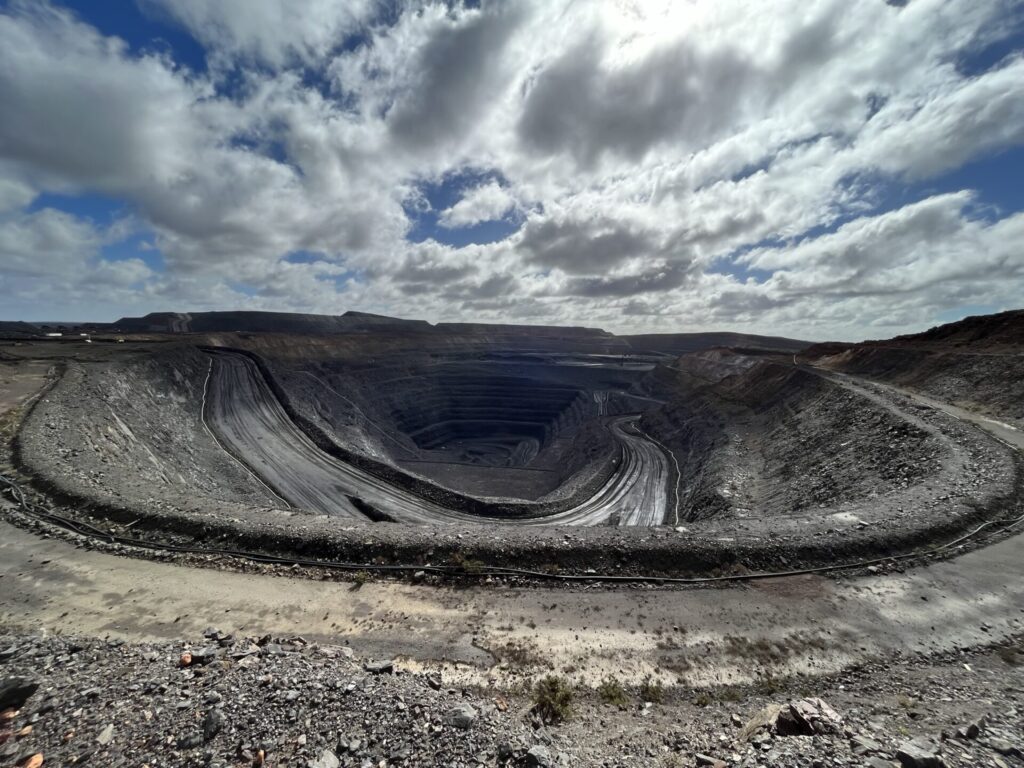
There, I had to clean two more cribs, two more set of toilets, two small offices and a big one. If I managed my time properly, I was able to have enough down time to do other things like studying, watching One Piece or listening to some audio books. The worst part of that job was having to depend on people to take you to places that you need to clean or to get deliveries. Specially milk. I’ve never seen anything like that before. They would finish a crate of milk in a couple of days. It felt like if there was nicotine in the milk lol. The areas I had to clean where cleaner than those from the regular mine site job. Overall, this job was also within my top 3 😉.
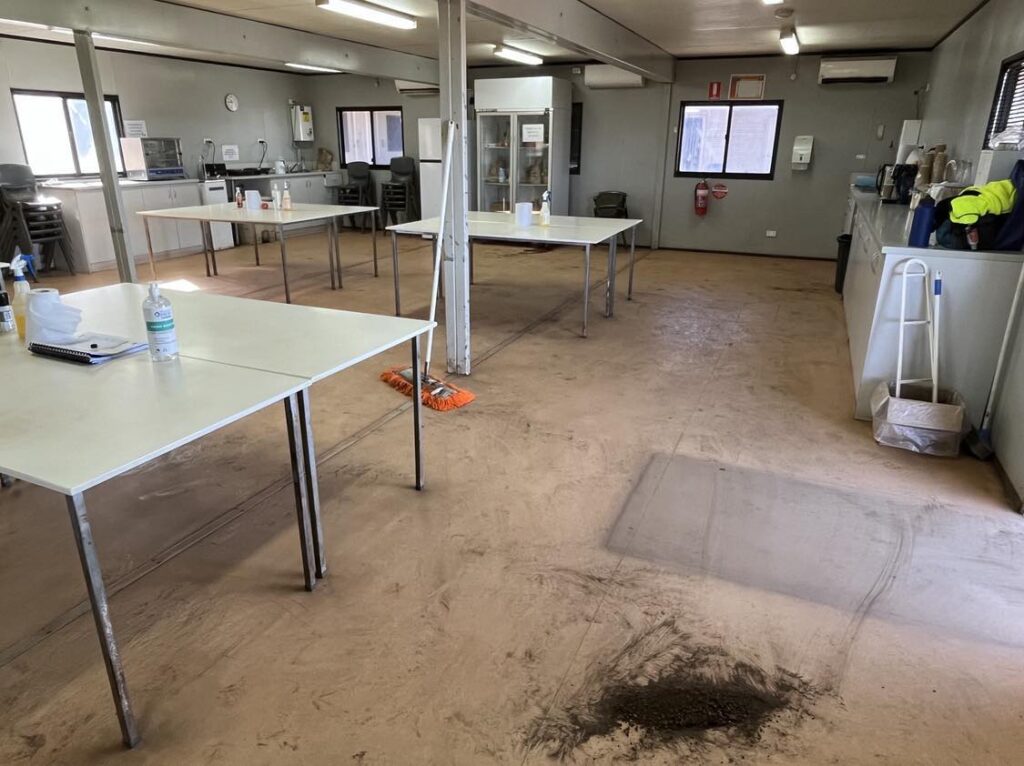
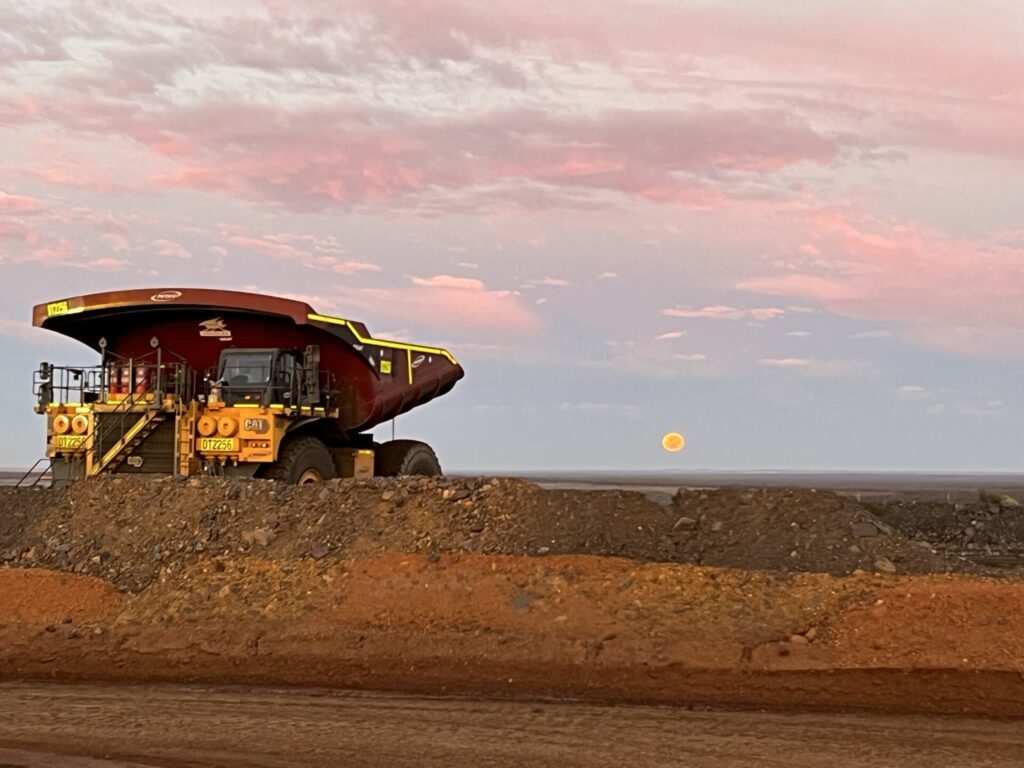
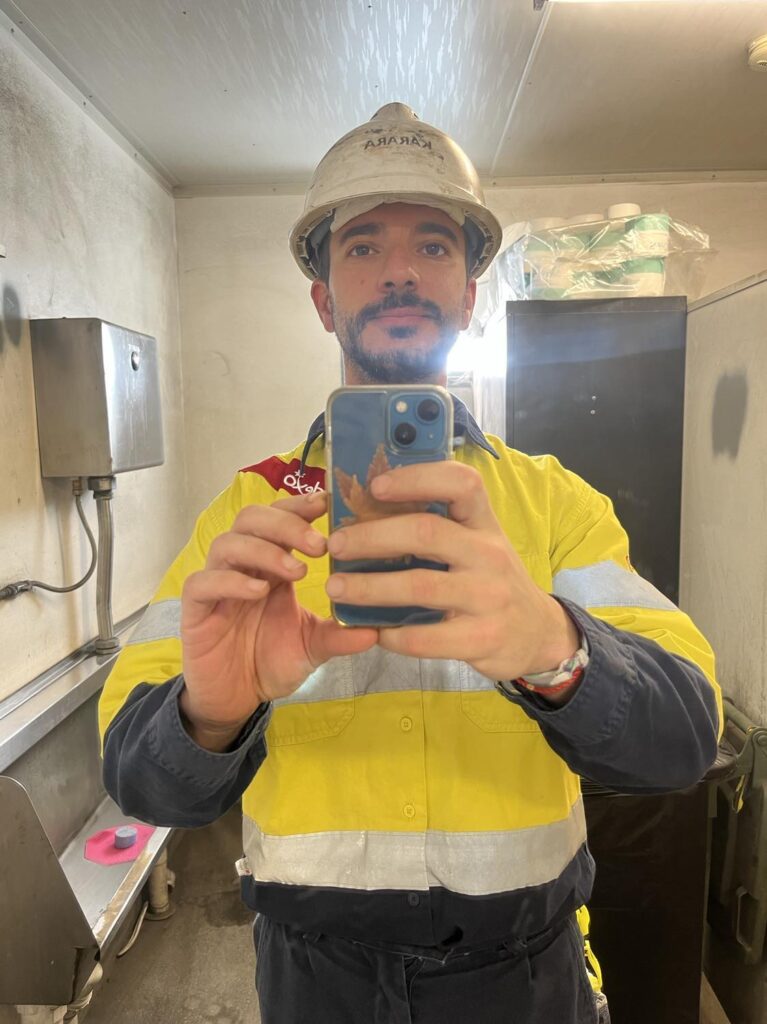
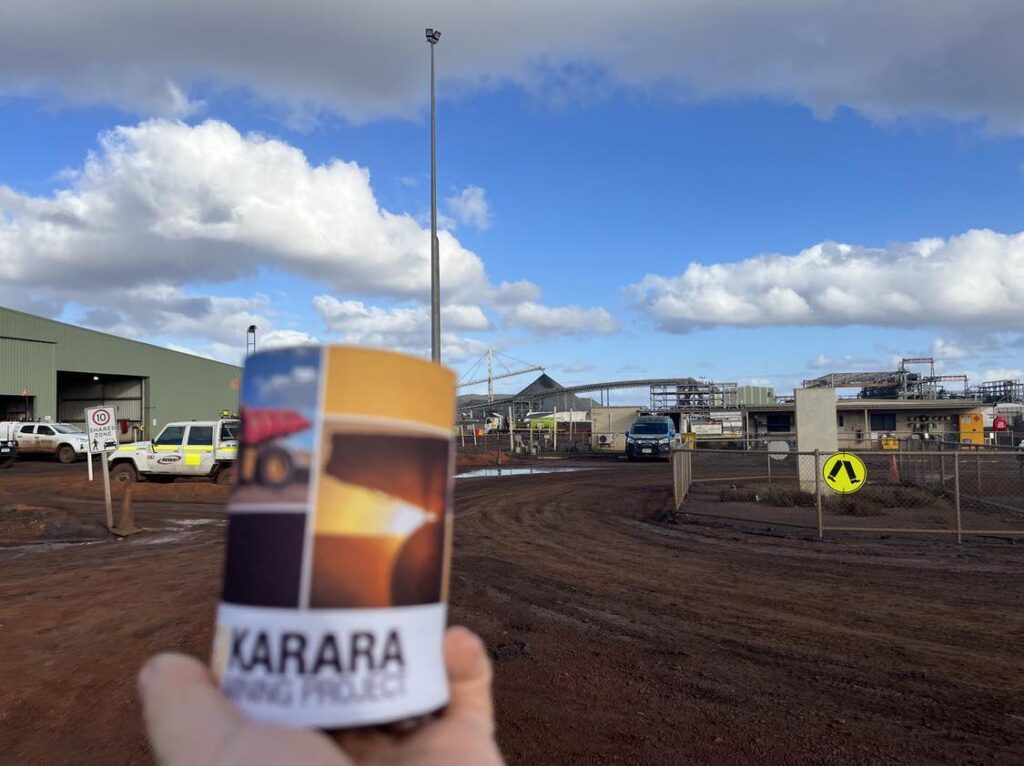
Wrapping up my experience working in the mines in Australia as a FIFO utility
If you’ve made this far, by now, you should have a pretty good understanding on what working in the mines in Australia as a FIFO utility is like. As stated in the beginning and as I heard many times when working there, working in the mines in Australia is not a job for everyone. The weather conditions and the long hours are challenging. To me though, the most challenging part was working alone and working with people. I know it sounds ambiguous but that’s how I felt. Sometimes, thanks to people, even if the job was not that nice, it didn’t feel as bad. Sometimes, because of people, even if the job was not that bad, it felt terrible.
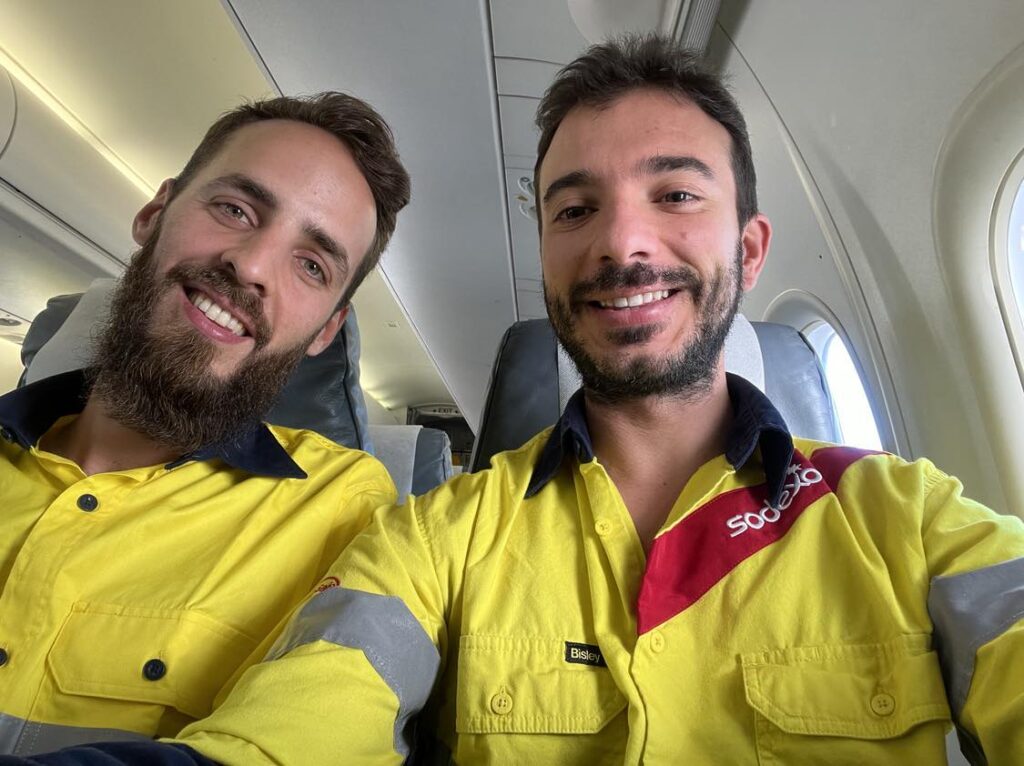
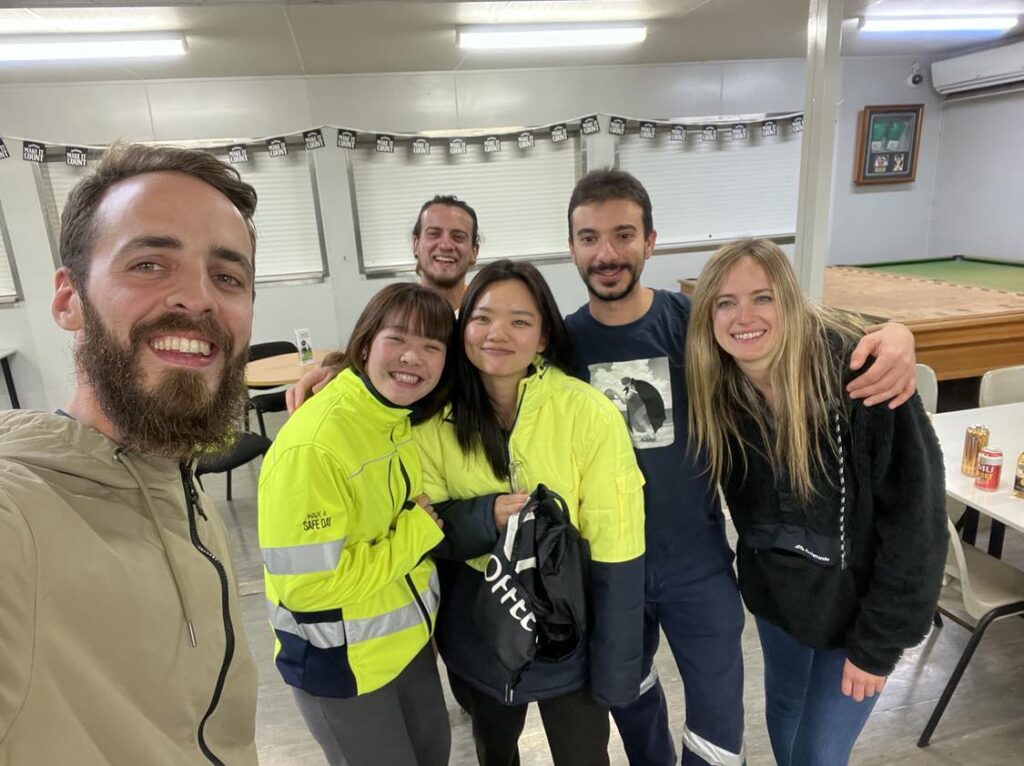
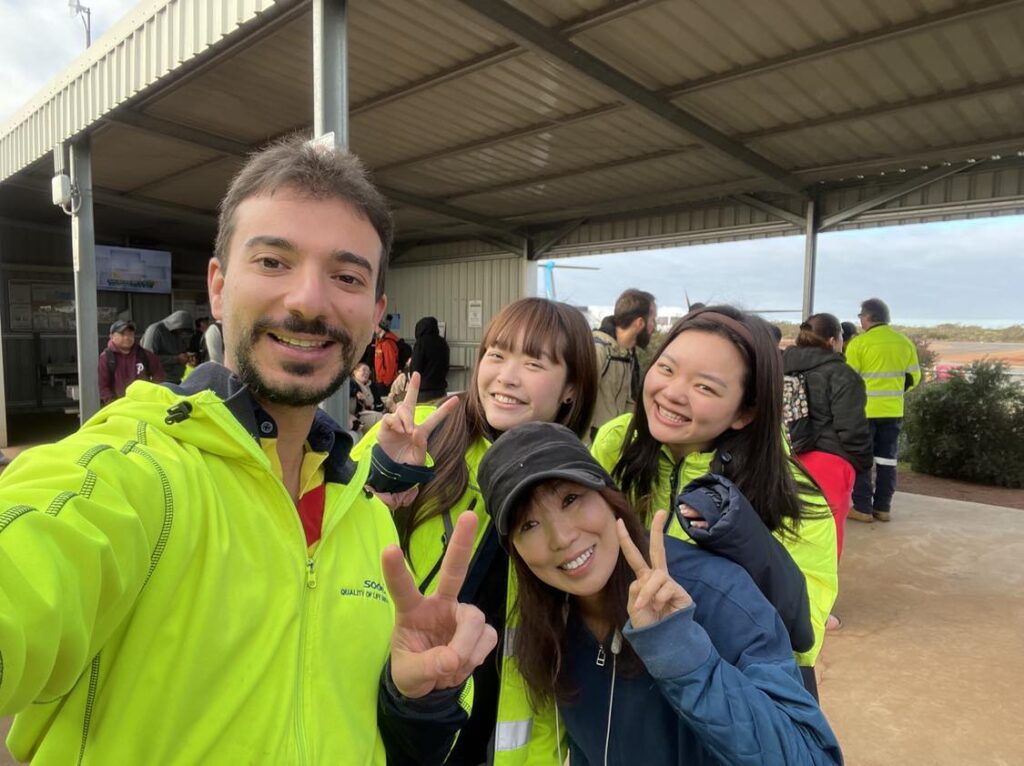
Since working alone means you are working alongside with your mind, just as when working with people, sometimes it can be hell and others heaven. Other than the money and the experience itself, working in the mines in Australia as a FIFO utility helped me growing up and embracing acceptance. You can’t choose the people you work with, the weather or the tasks you are asked to do. I know it is a million times easier said than done but, the reality is that trying to control the outside world so it matches our preferences is a waste of time and energies. It is much more worthier (and harder) trying to control how you react to the events that occur in the outside world. Overall, I’m glad I added this experience to my list and I’ll do it again, for the money and for the lessons I learnt ✌️ 😁.
I really hope this post can come in handy in your FIFO mining experience. If you liked it and/or feel someone can get some useful knowledge from it, please share it! Also, if you have any questions or insights you would like to add to the post, feel free to write in the comment section below. Thanks! 😁
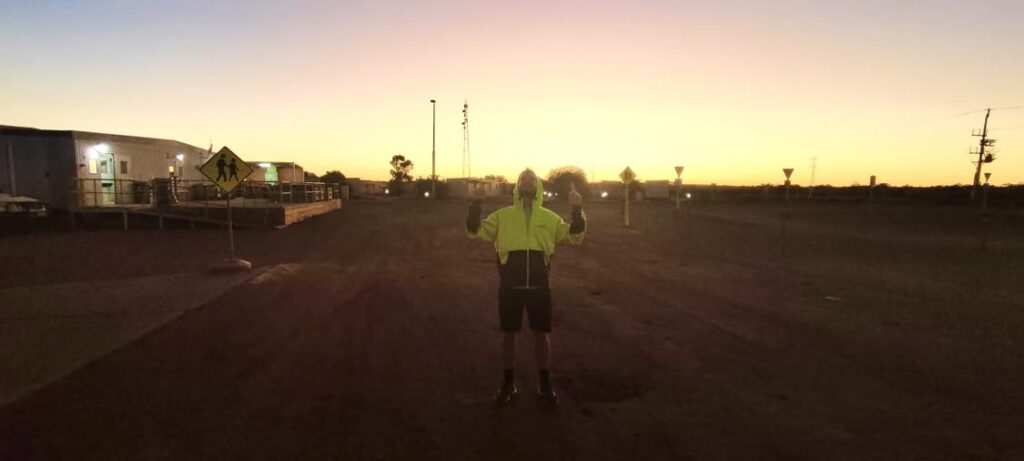









6 Responses
Great post!
Thanks a lot! 🙂
Great Post, I just wanted to ask, do you need to have a driving license of any sort to work this FIFO job? Thanks ☺️
Thanks Miya 🙂 I did all the jobs I’ve described in the post without any driving license. Unless you are going to be driving a bus, a truck or a forklift, you shouldn’t need any driving license.
OMG!!!!! I cant believe after all you write: ¨I’m glad I added this experience to my list and I’ll do it again.¨
Wonderful post!! I didn’t start the FIFO job but I already quit, lol
Lol. It is not how it starts, but how it ends haha. The beginning, like most of them in life, wasn’t easy. But then I met nice people and went to a nice mine, and that changed everything. Don’t be too hard on you and give it a try. I’m sure it will be an interesting experience 🙂